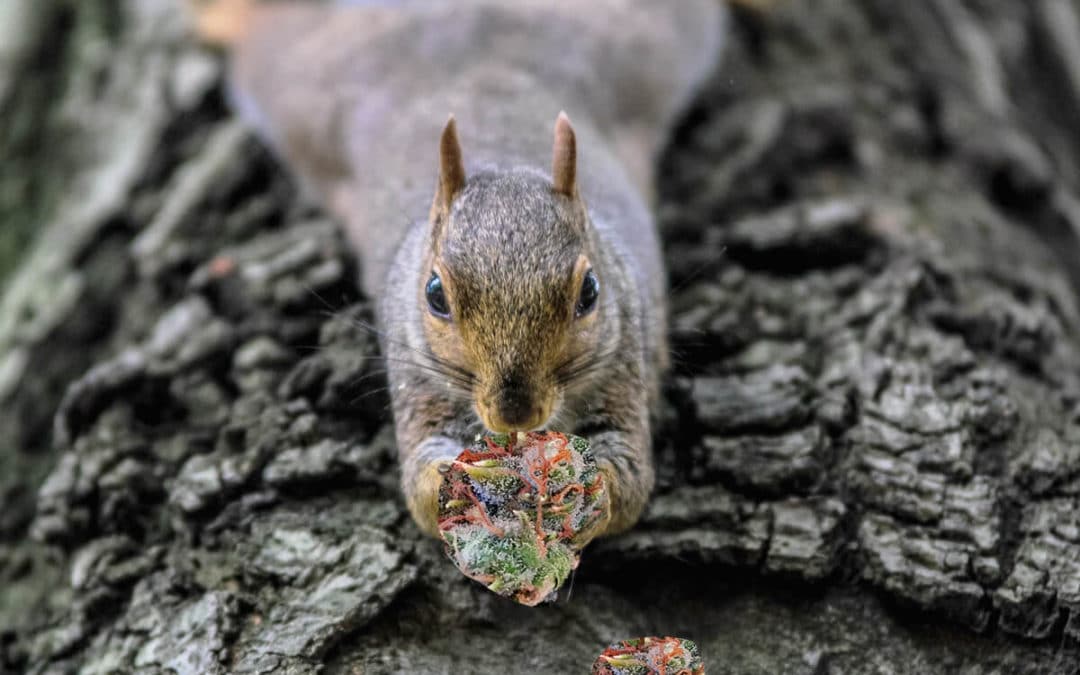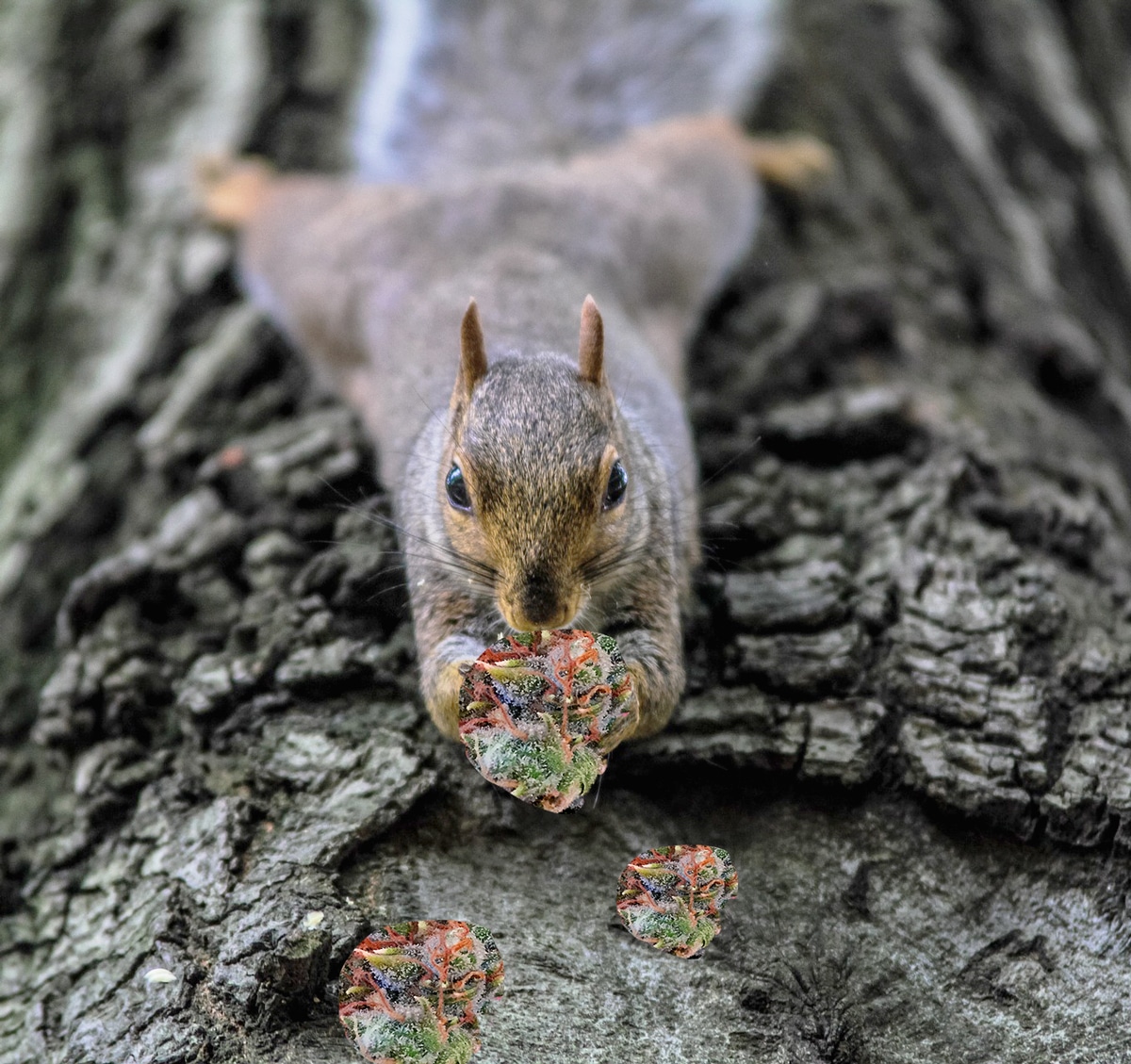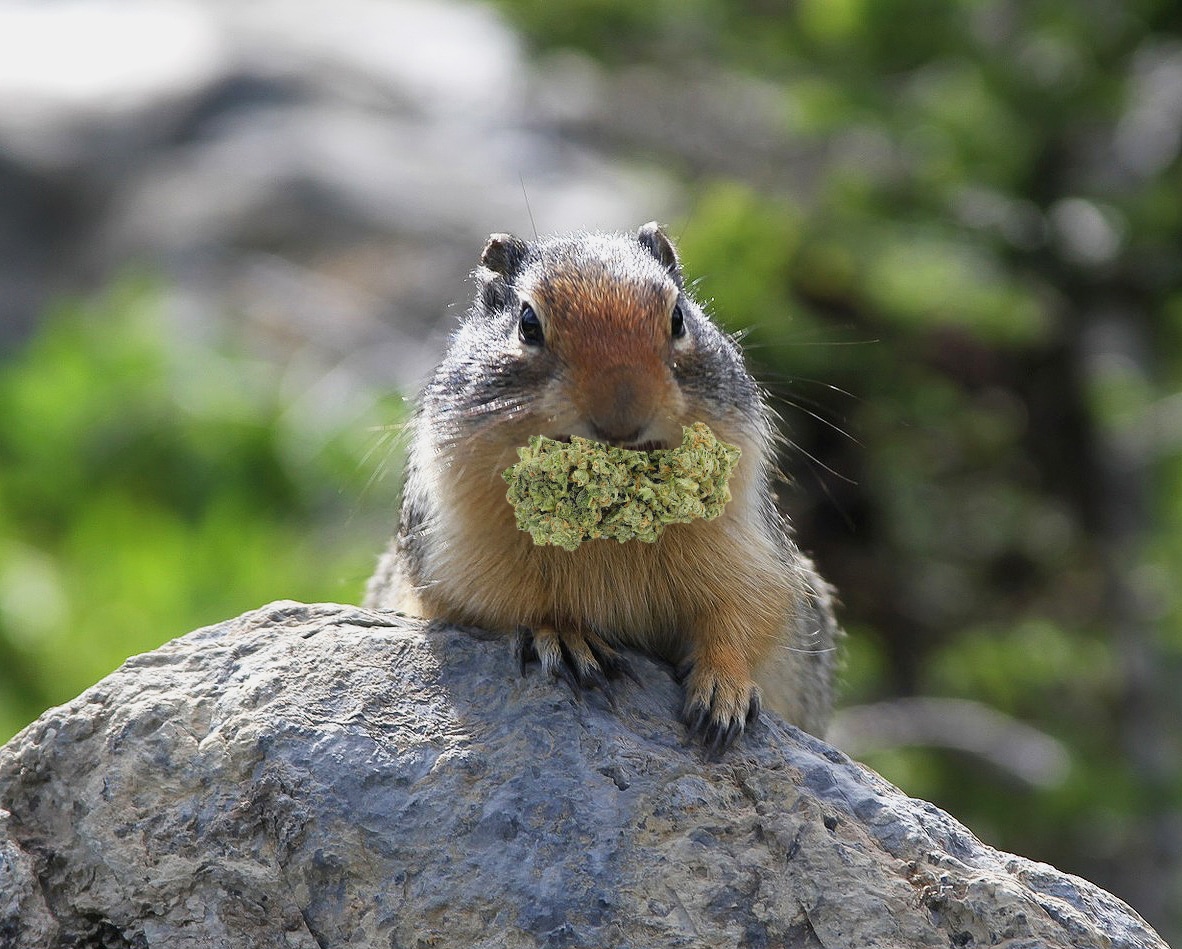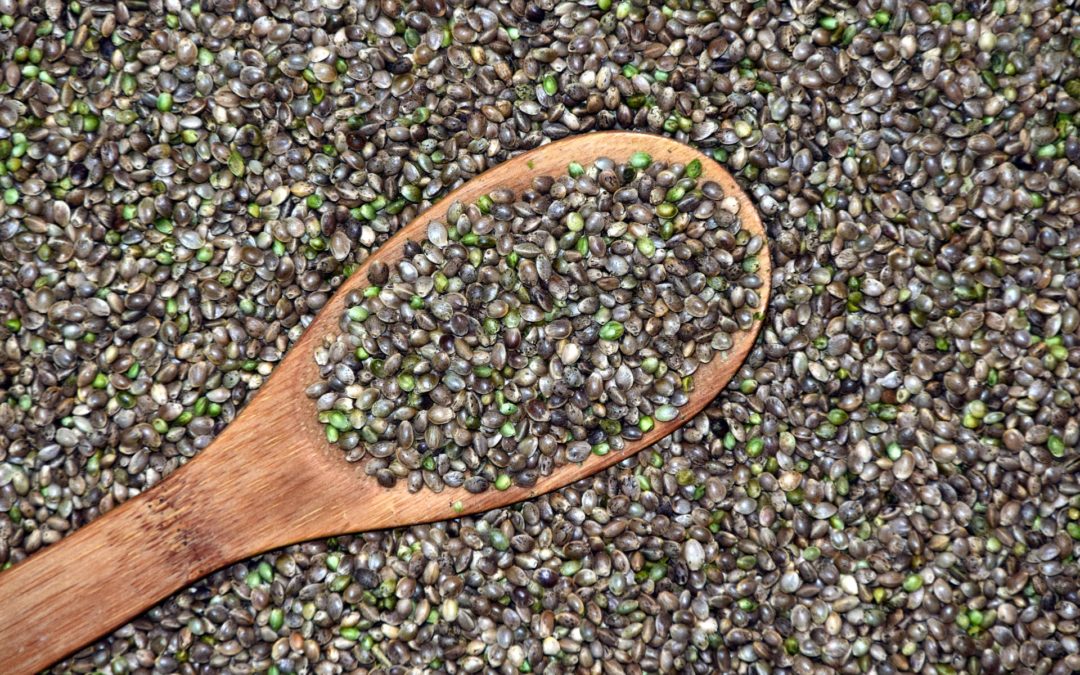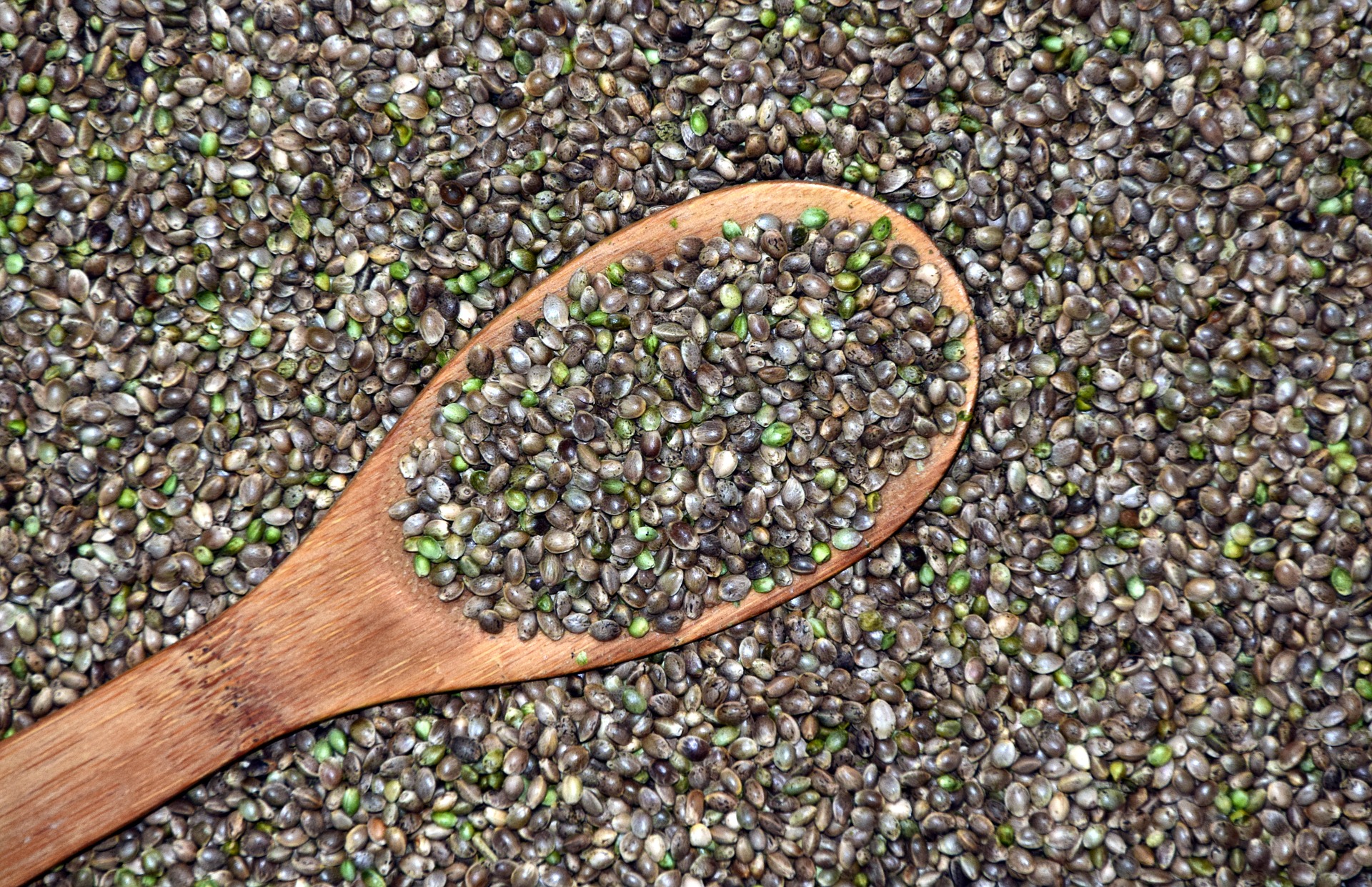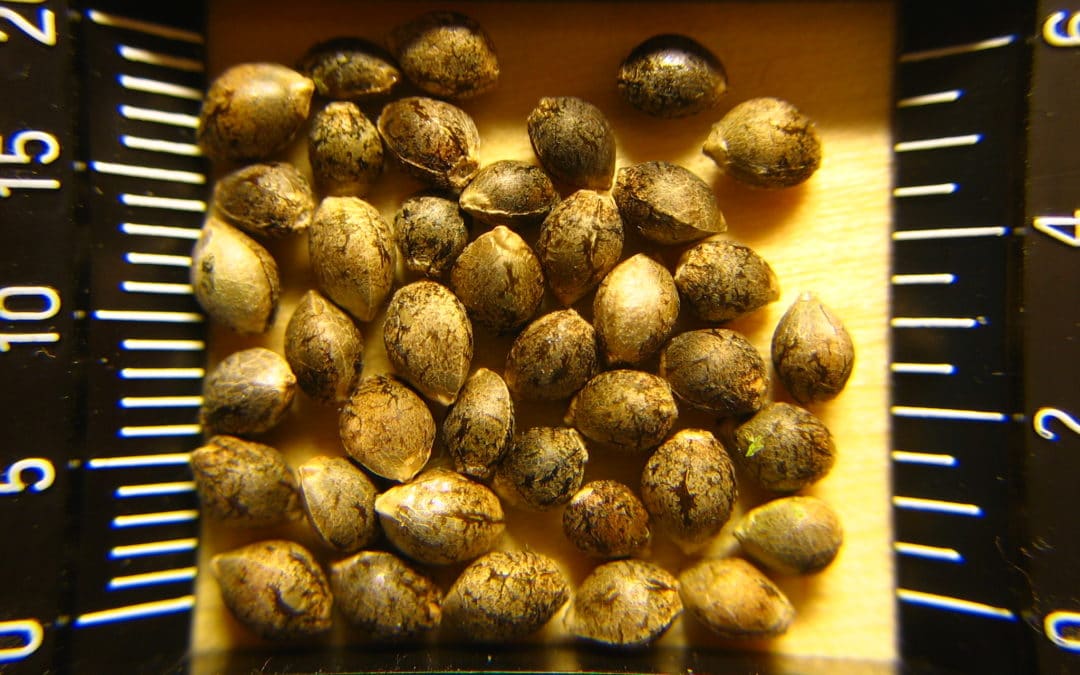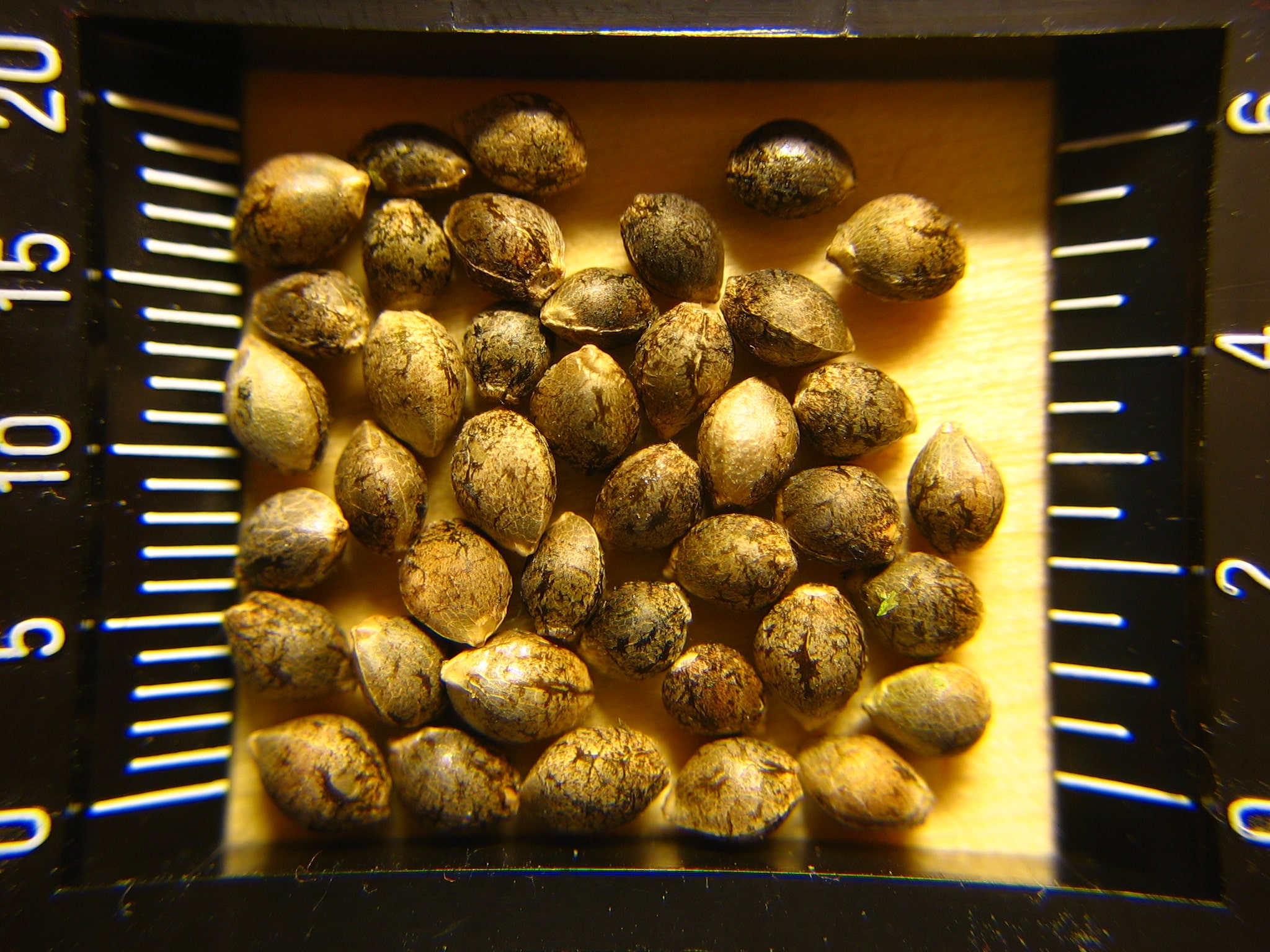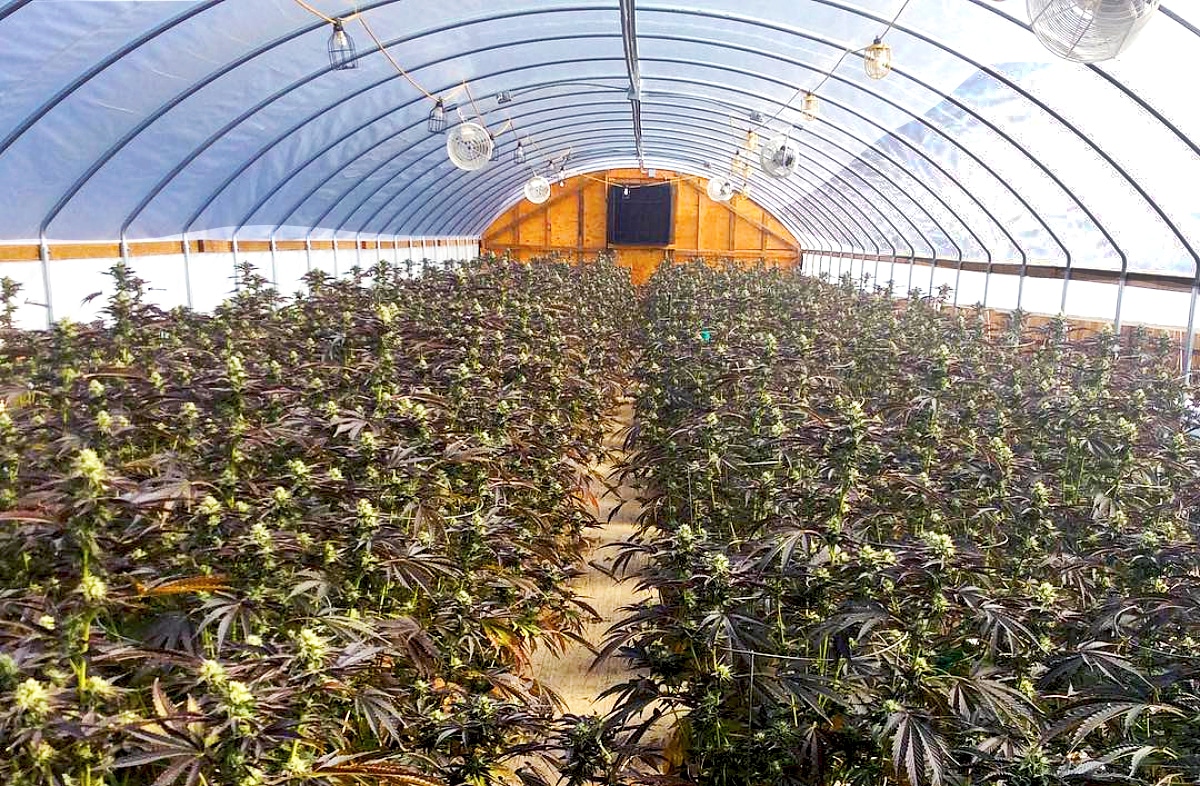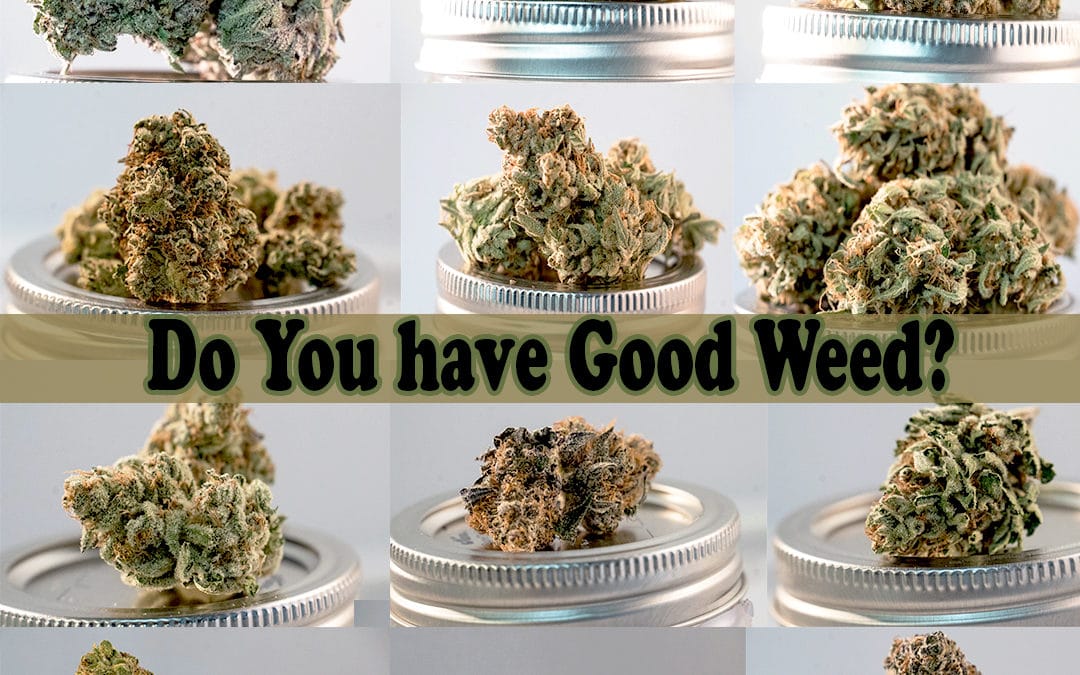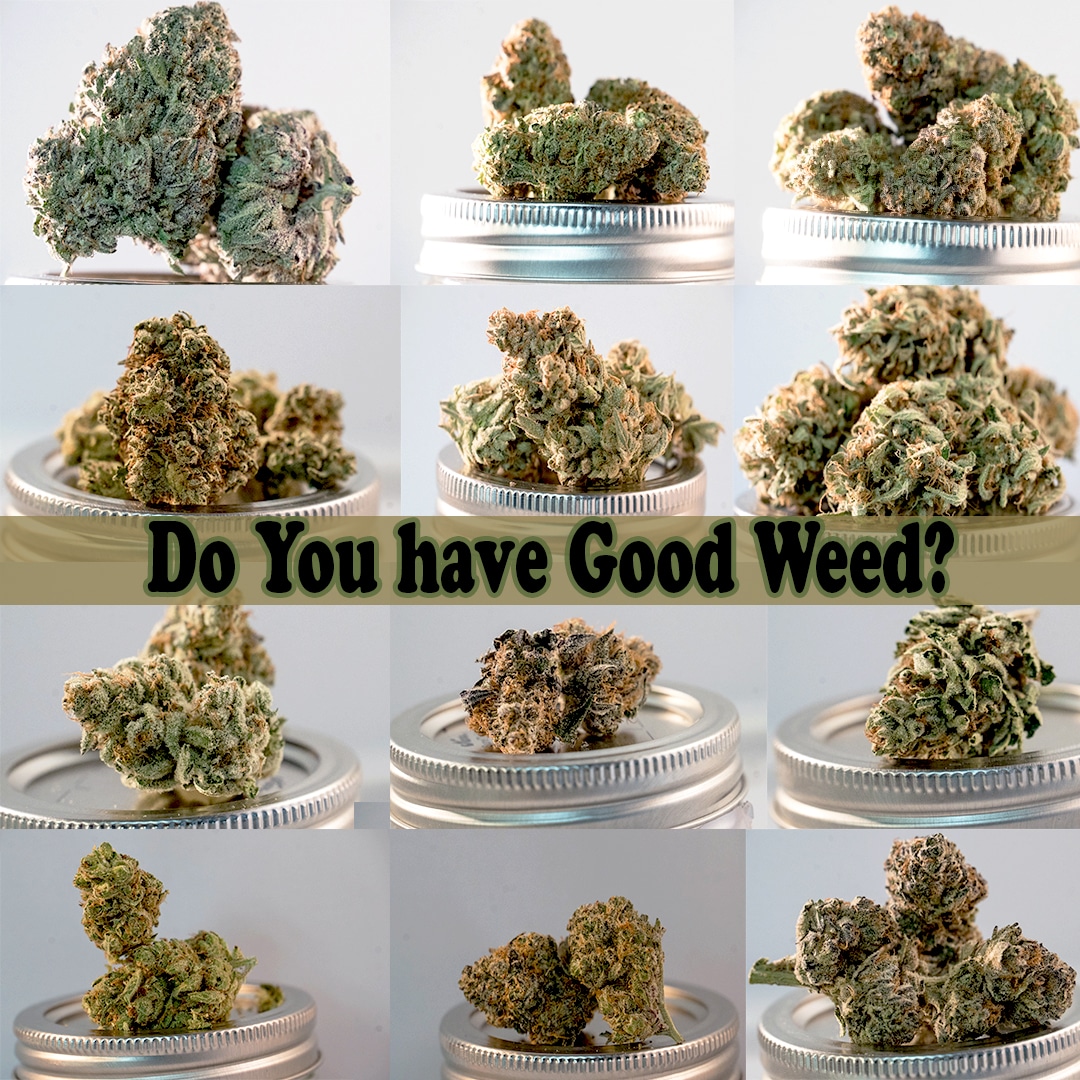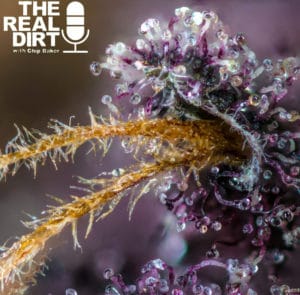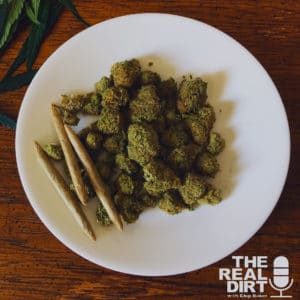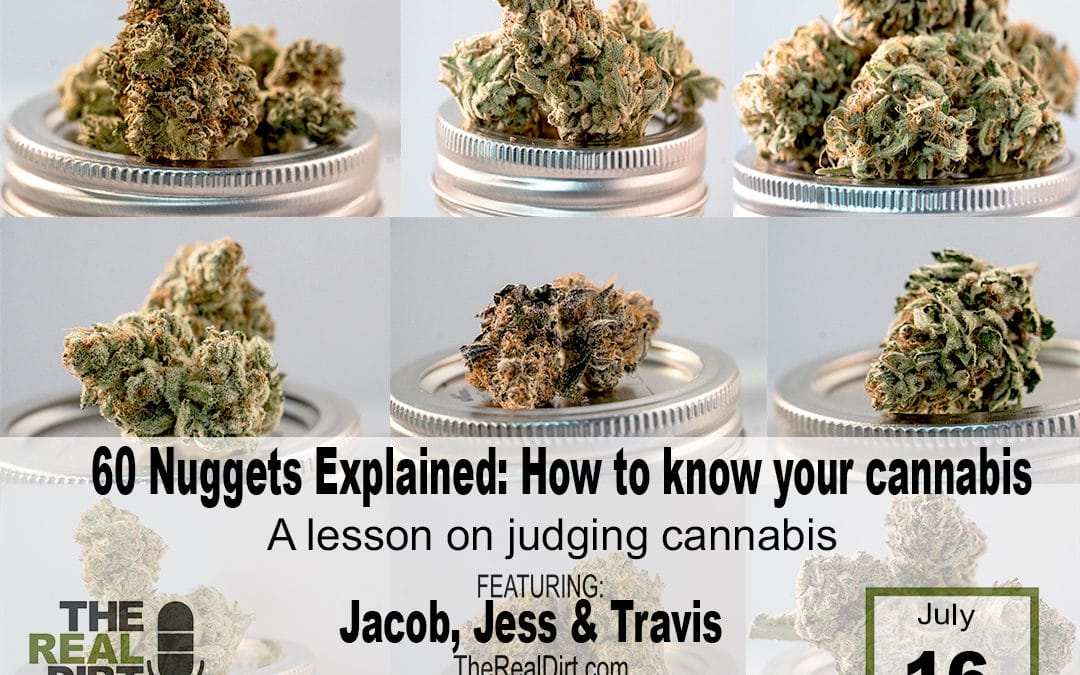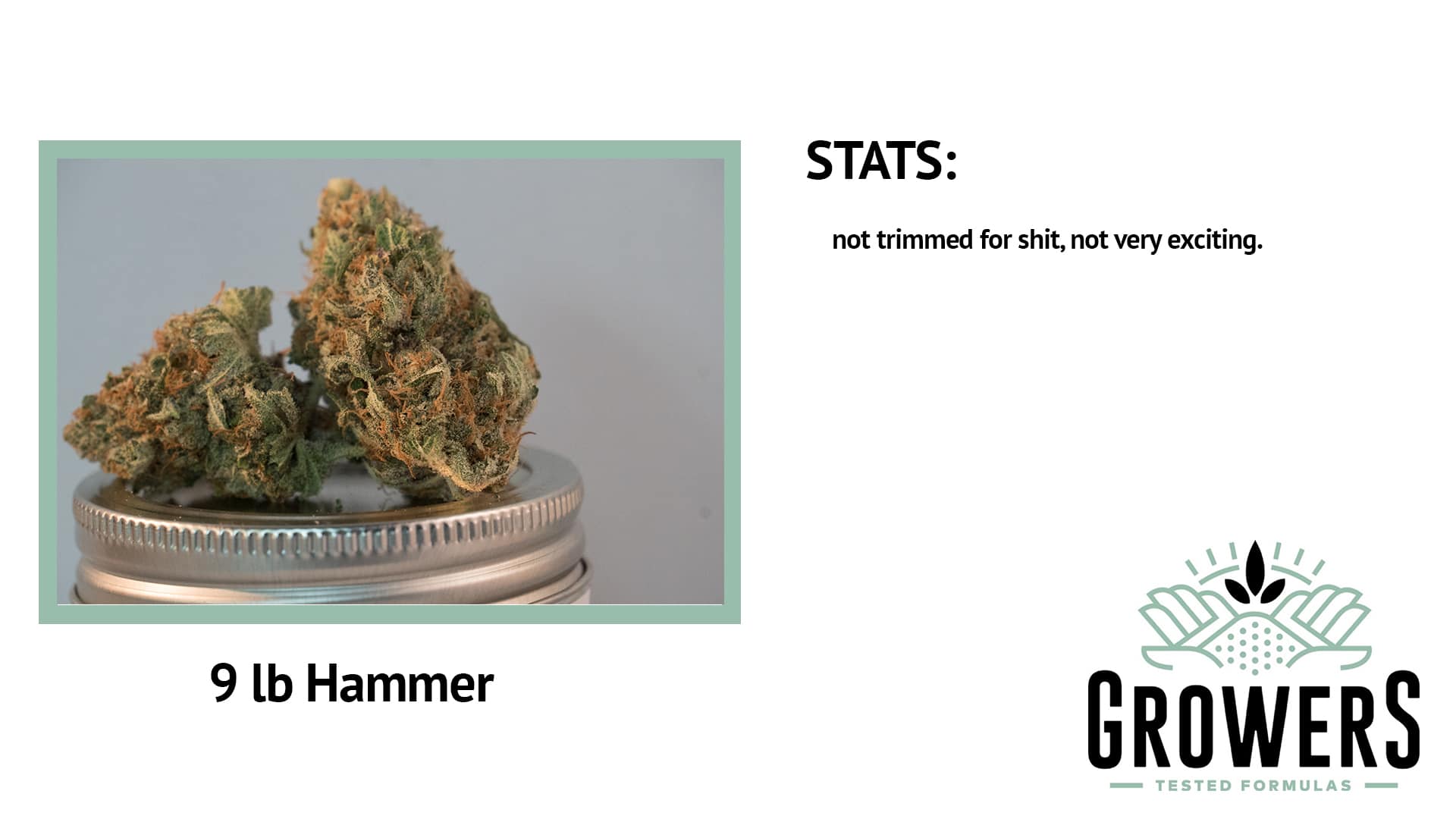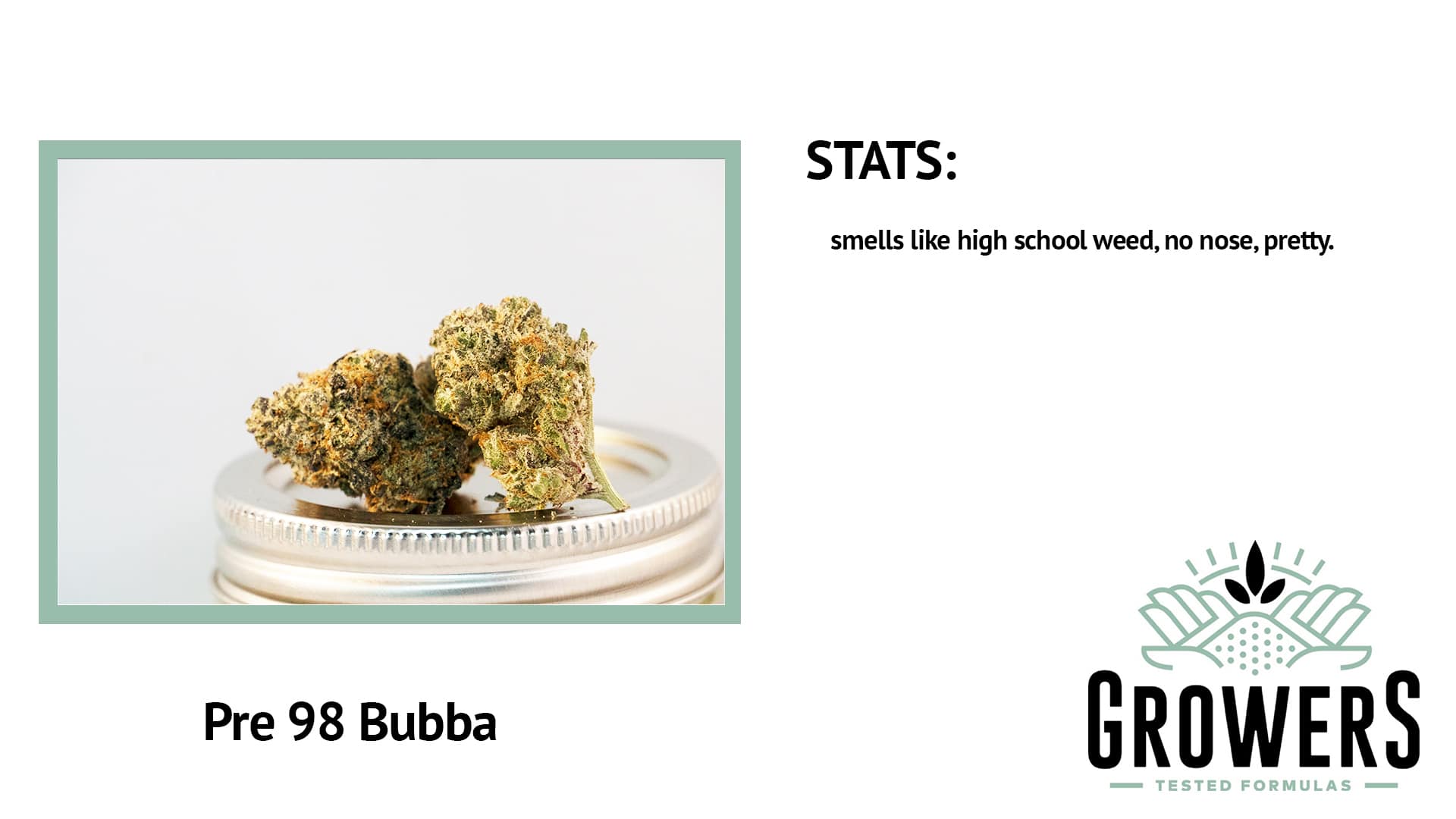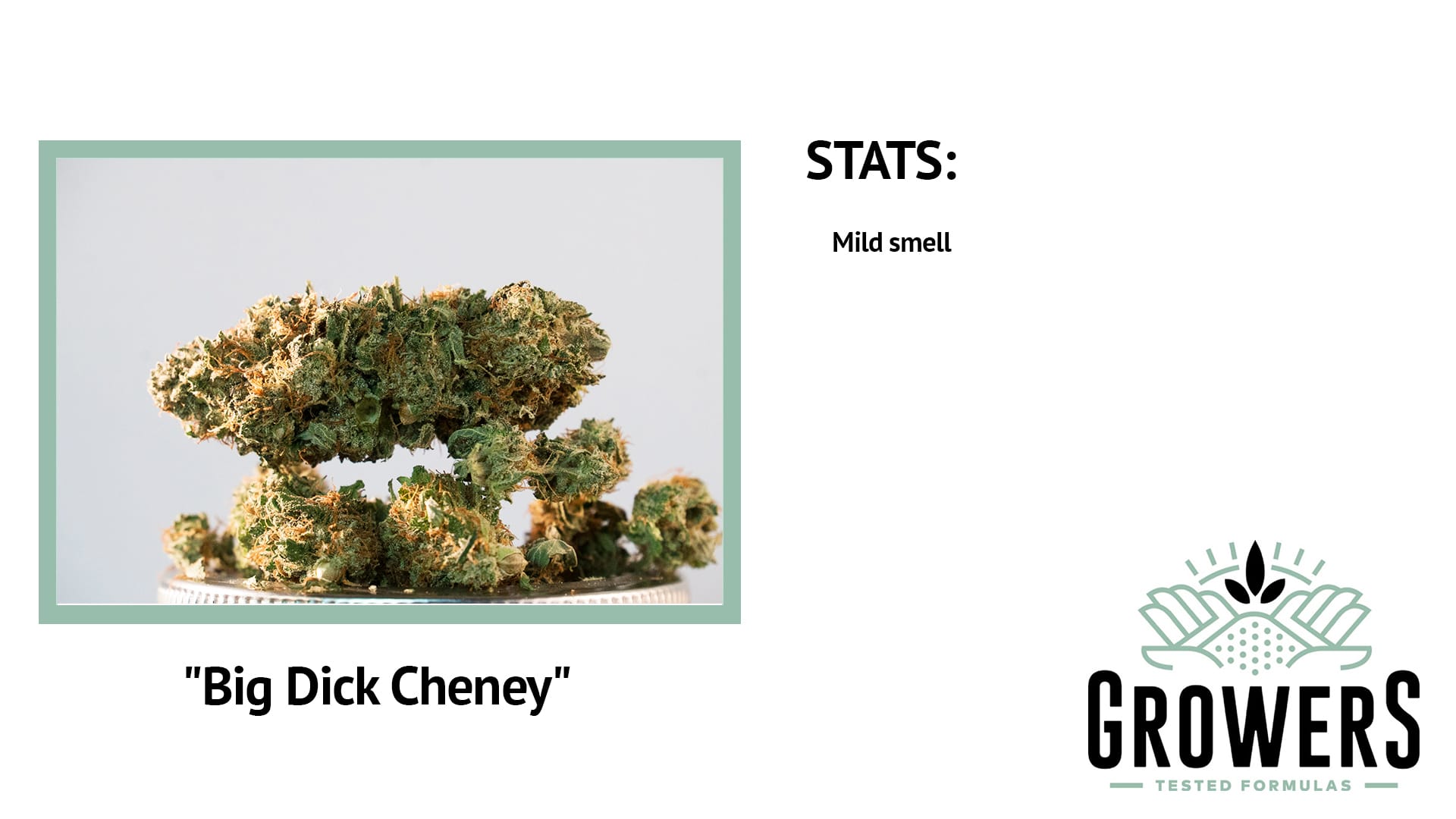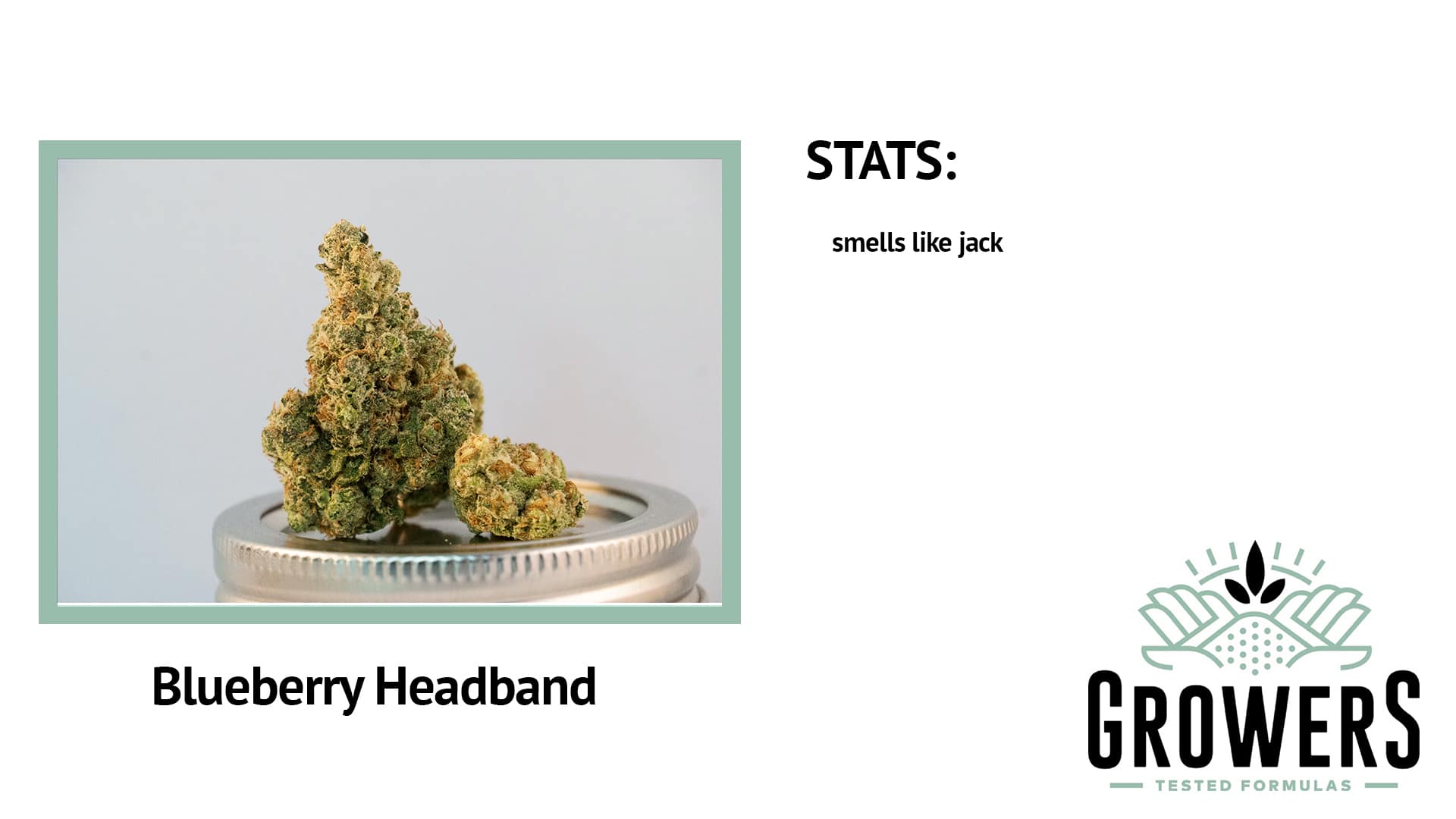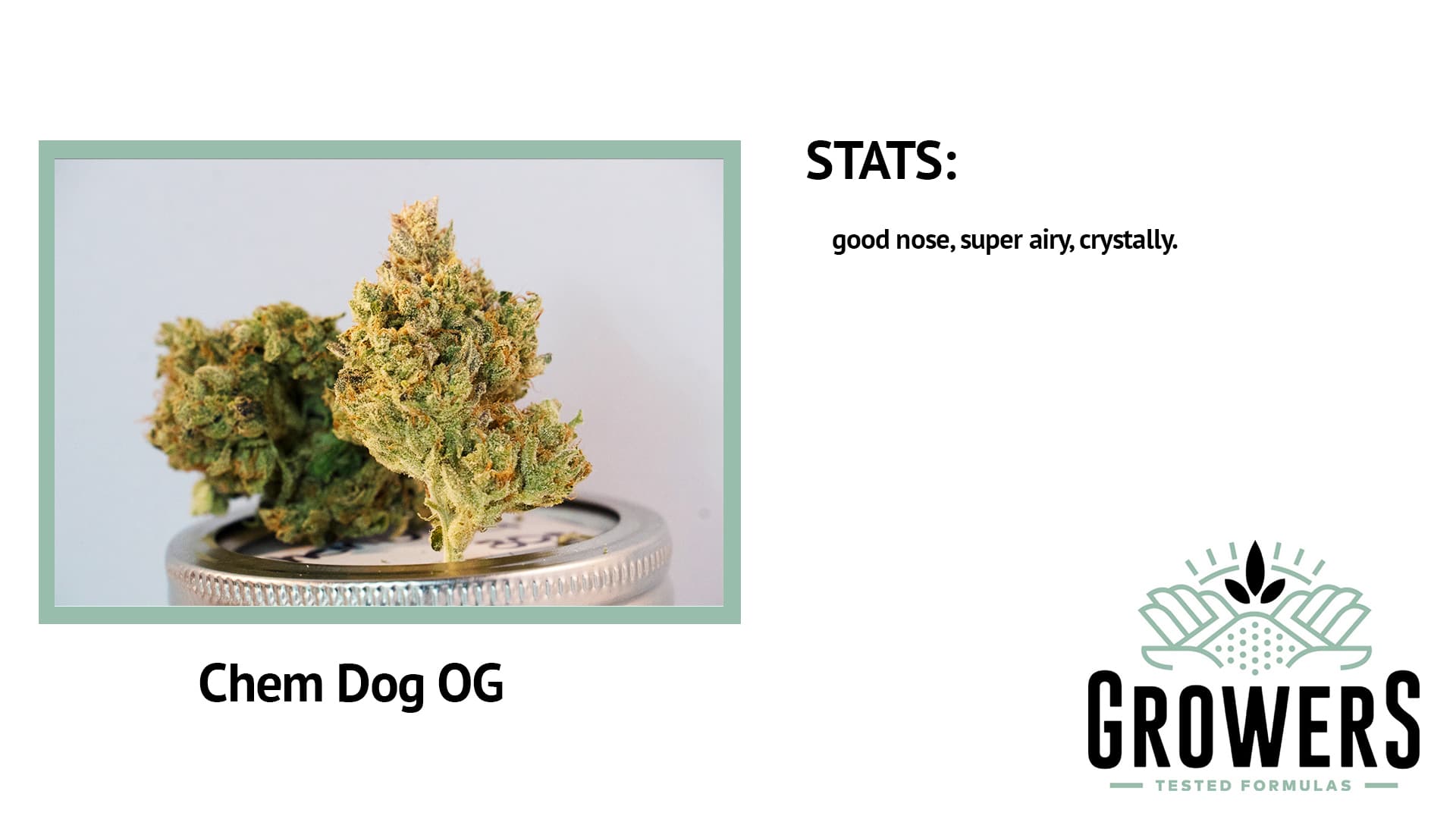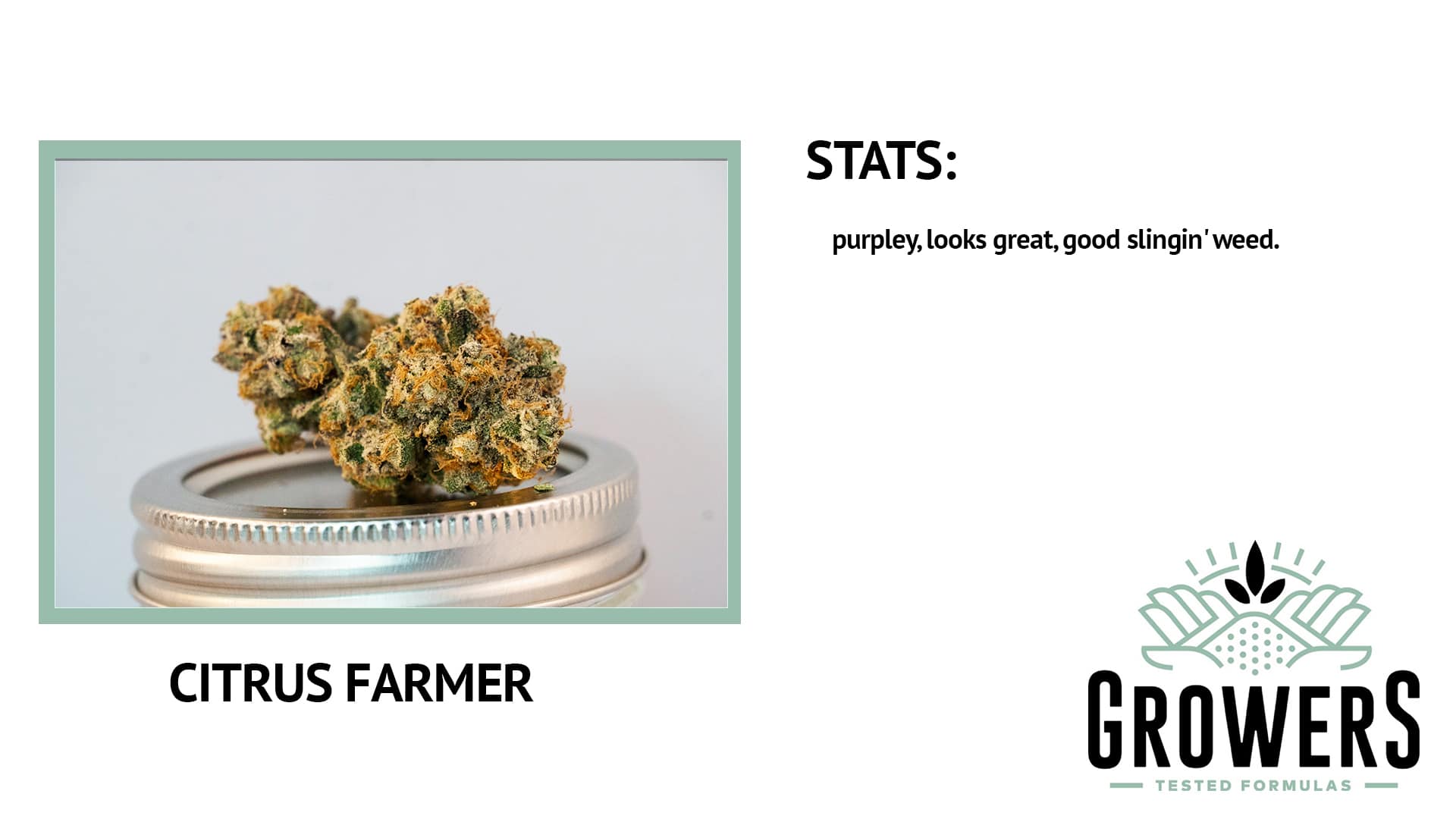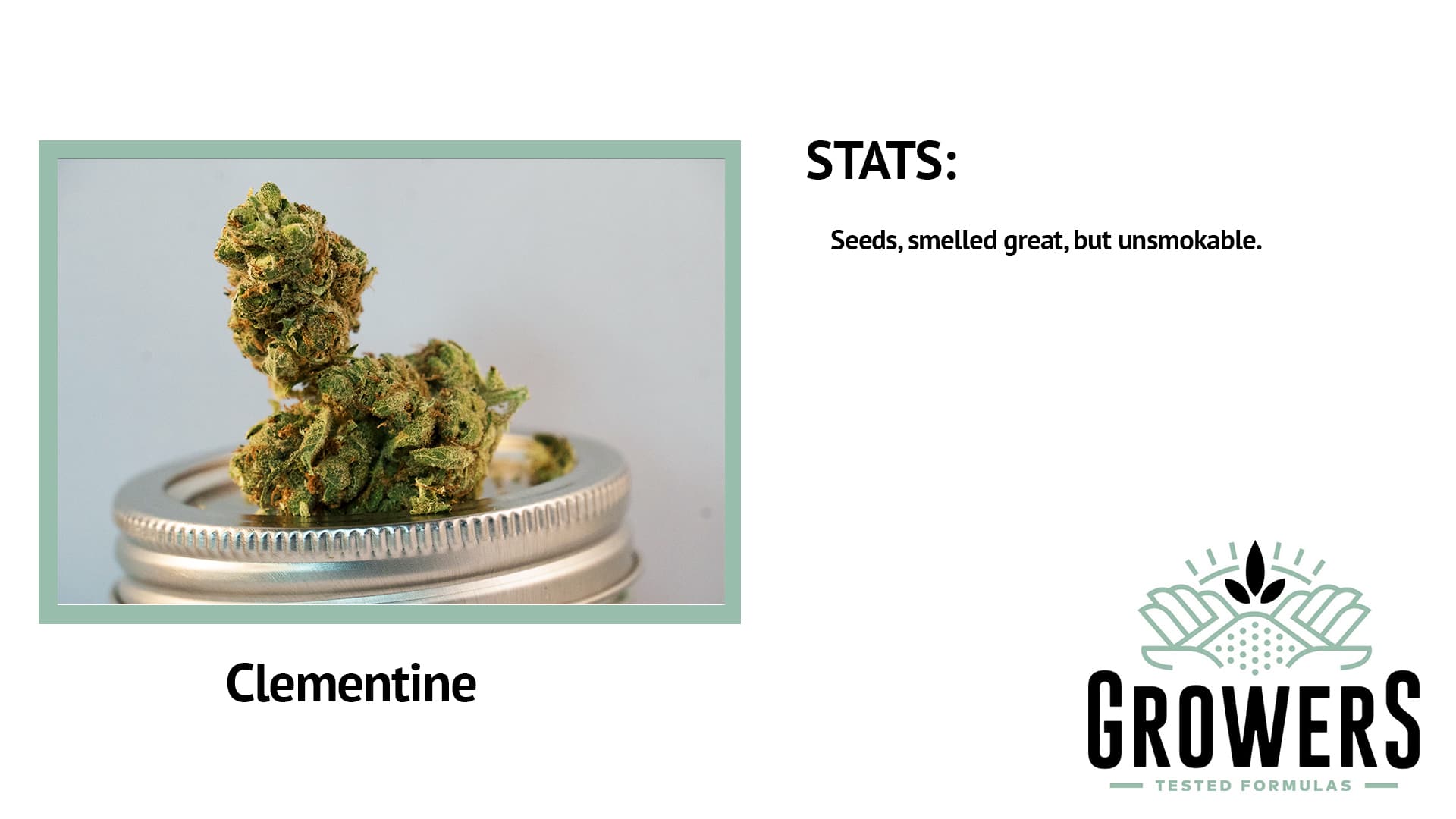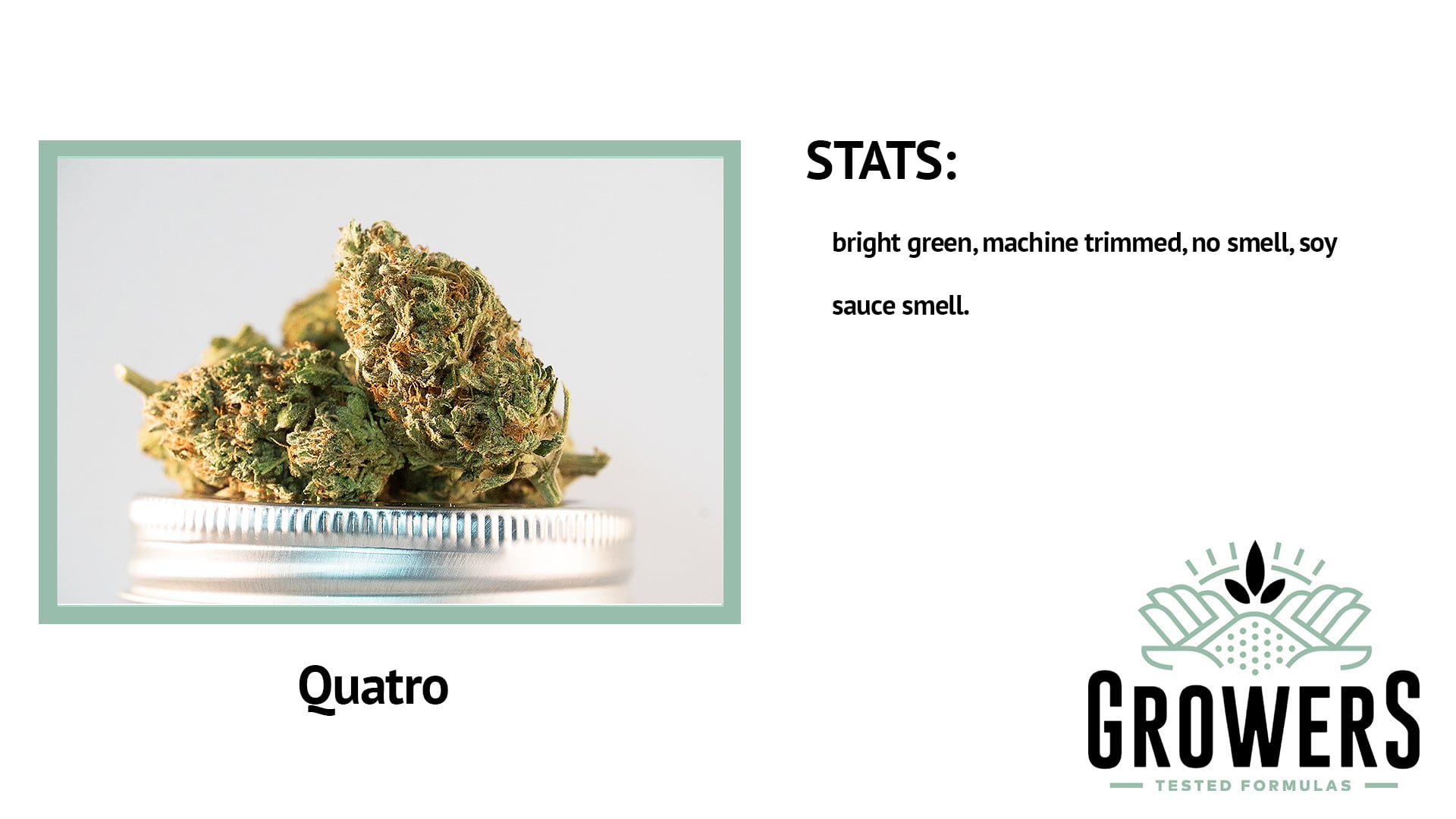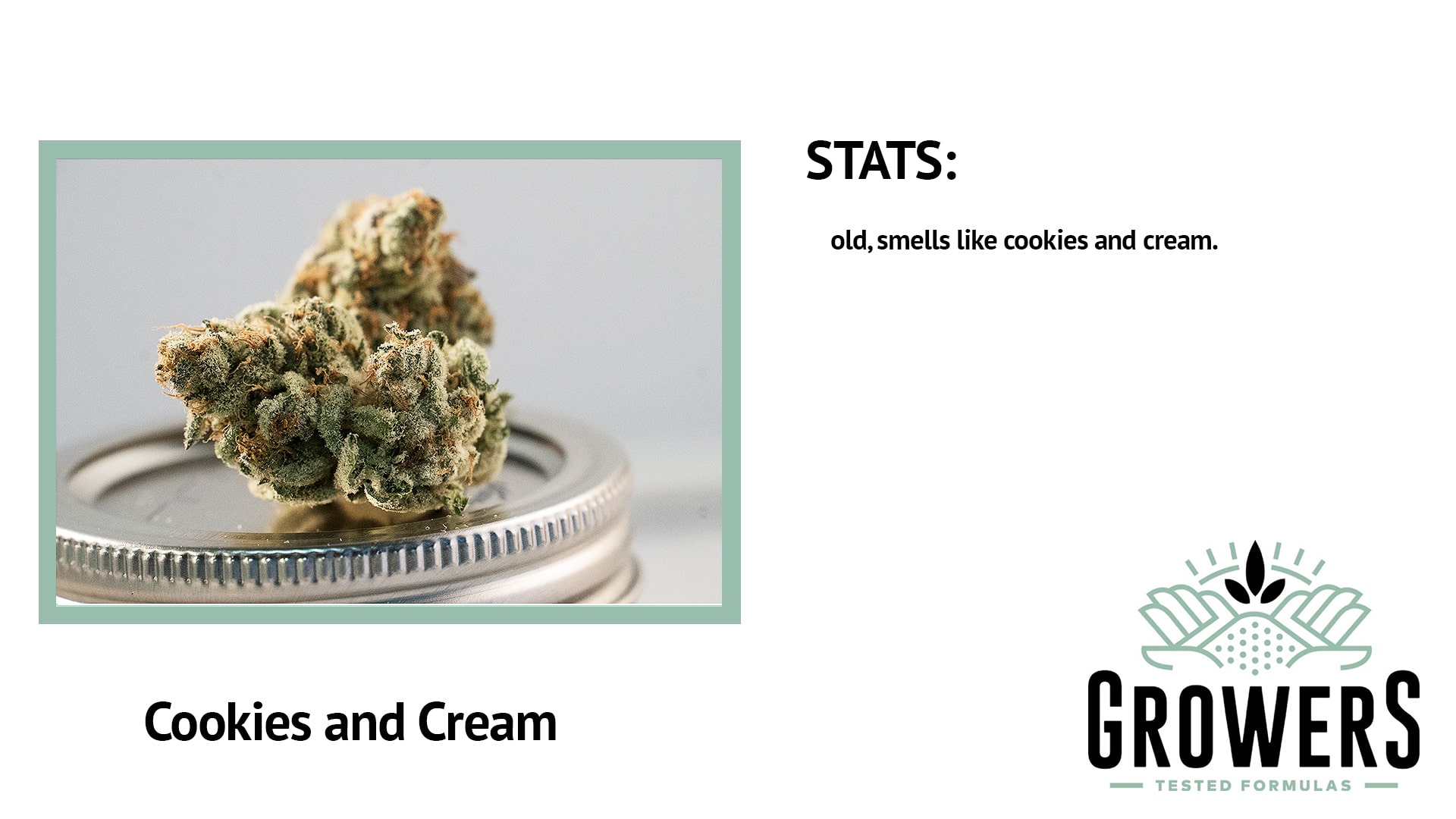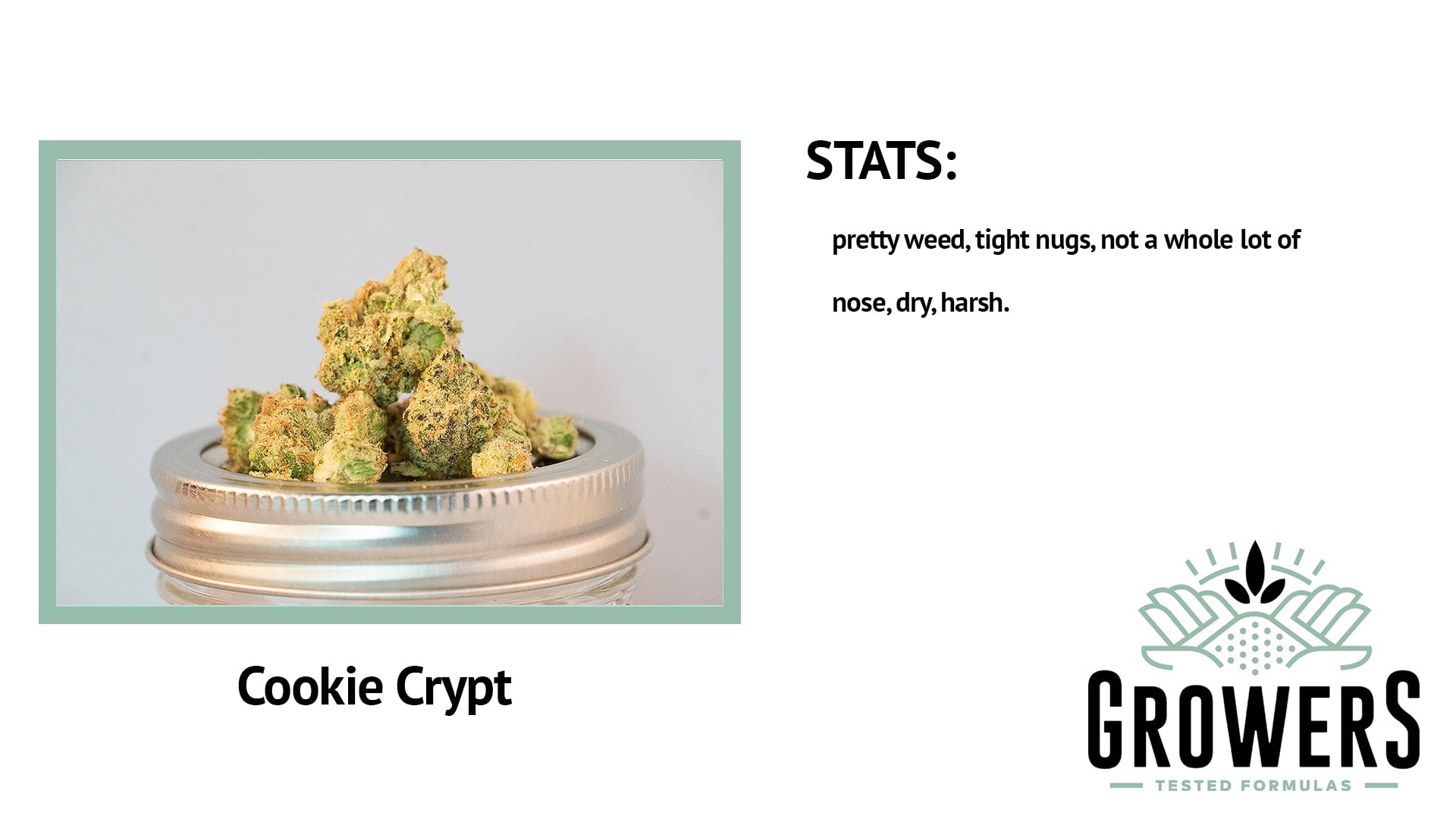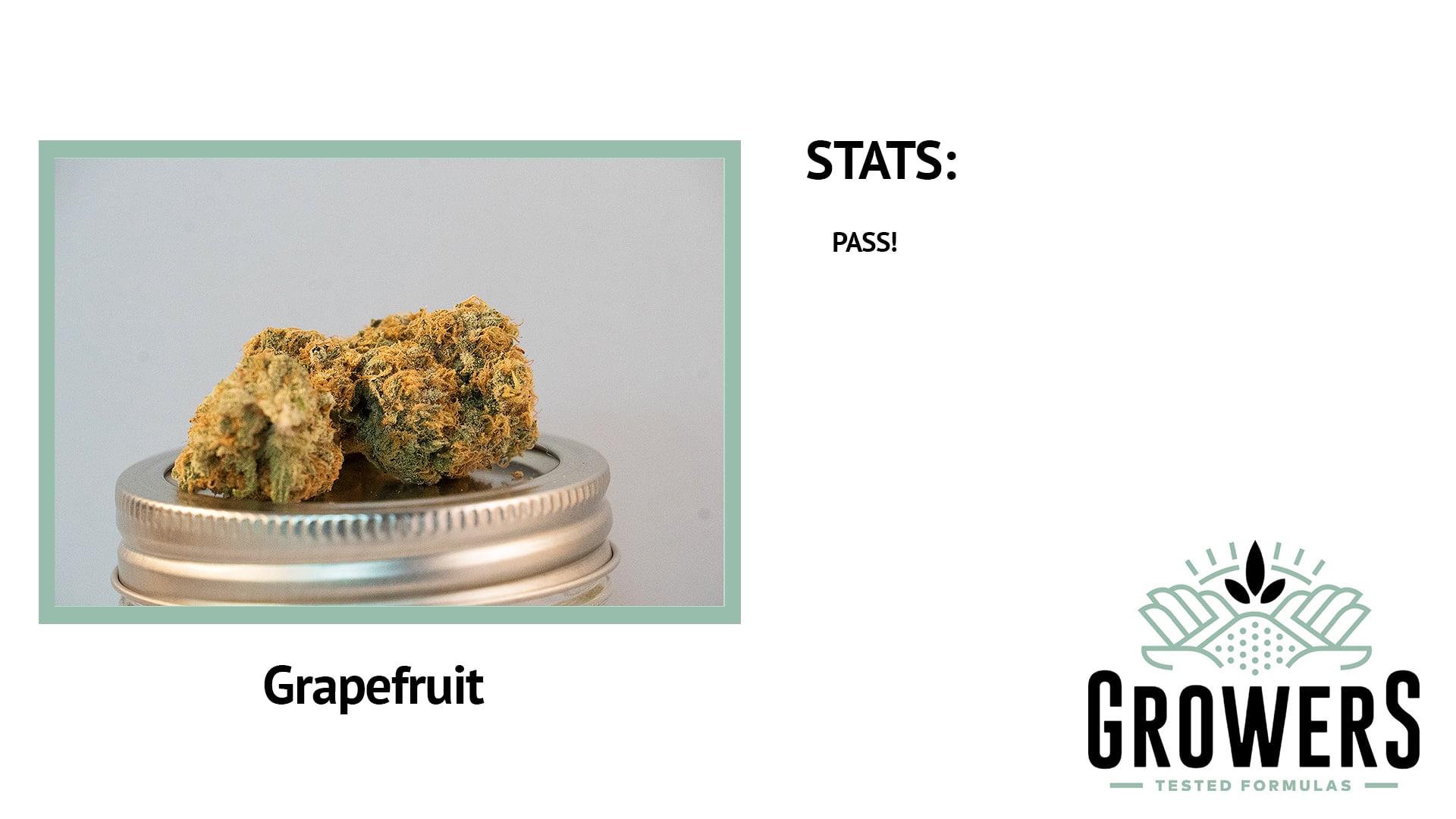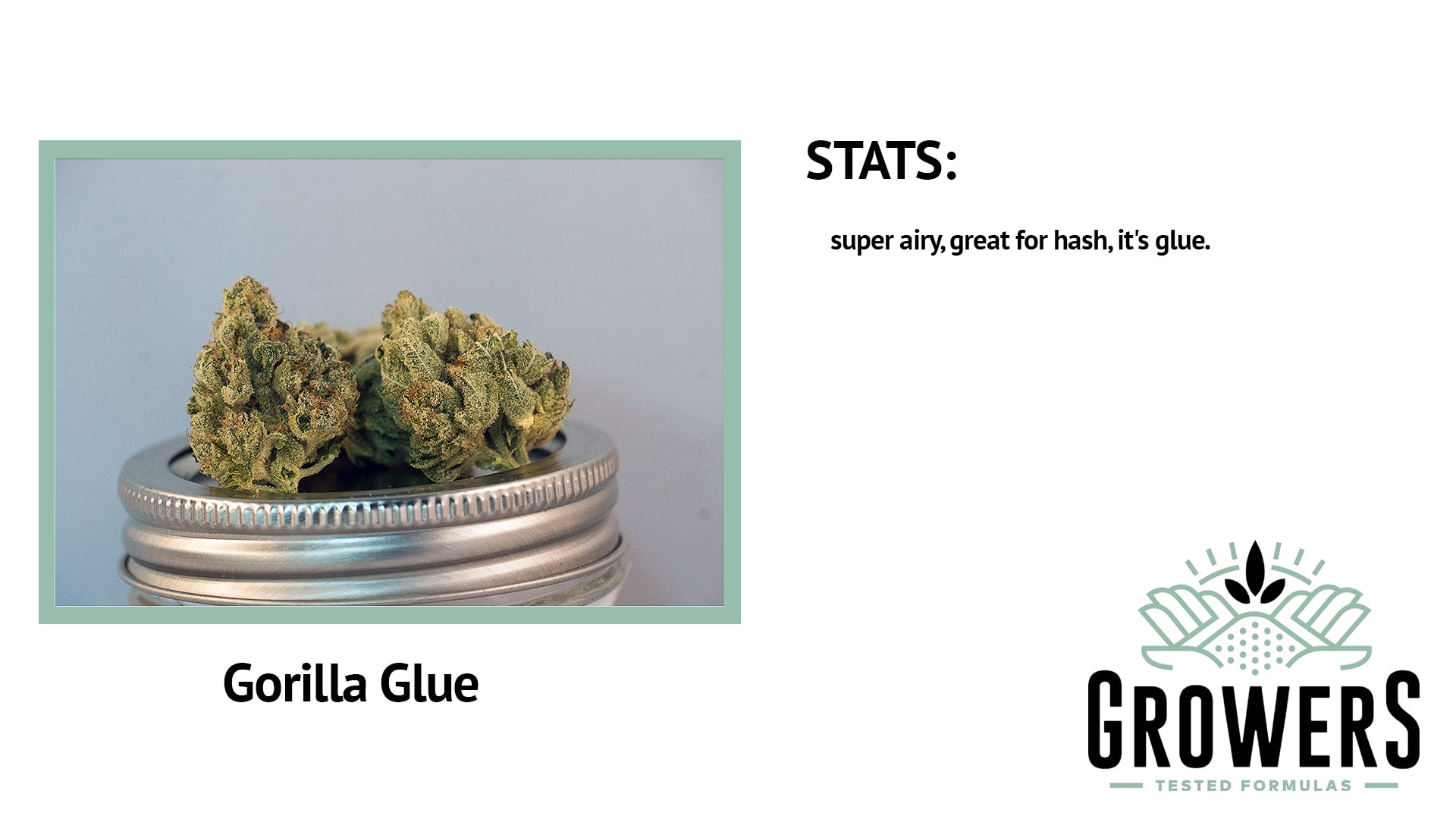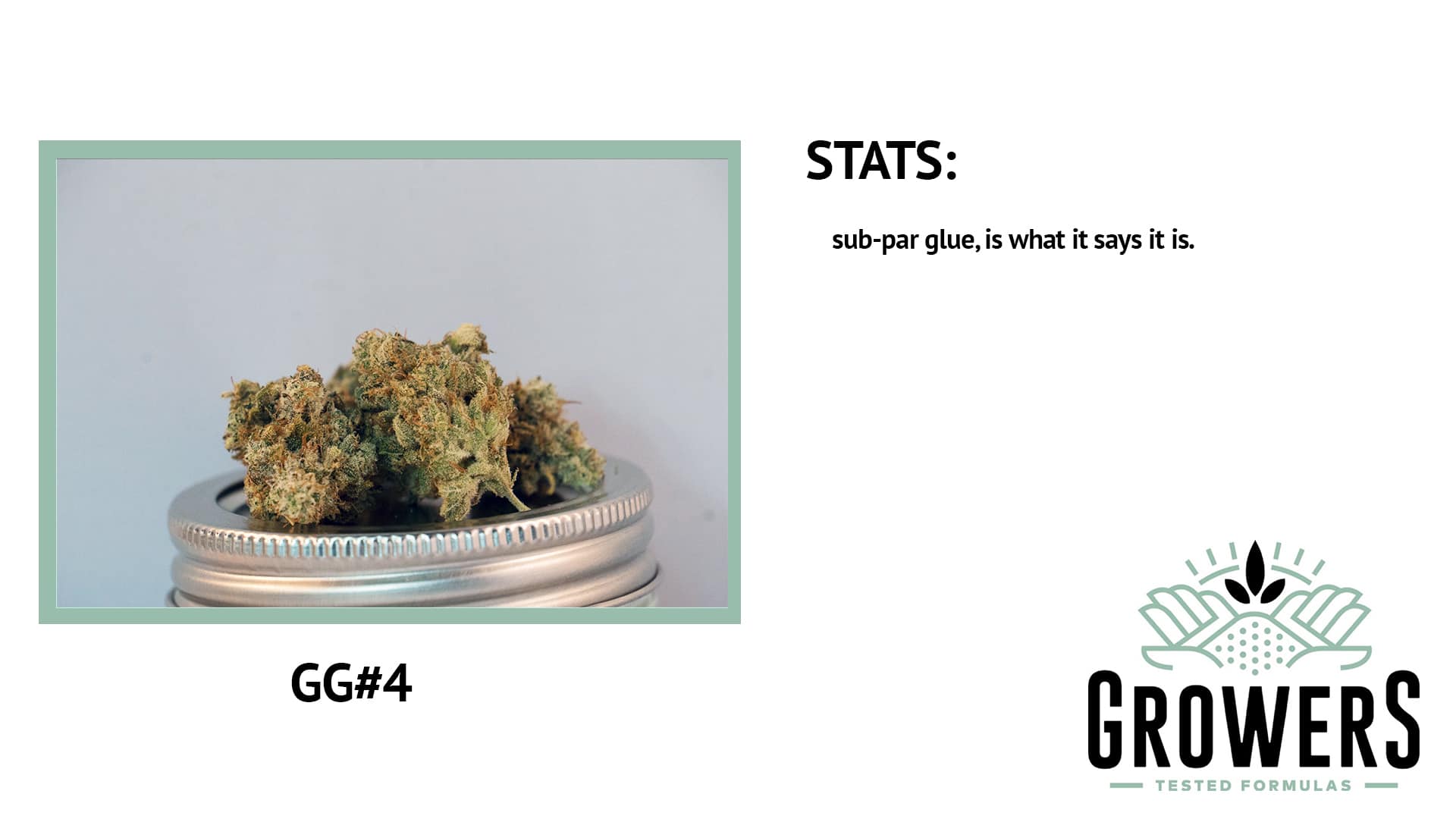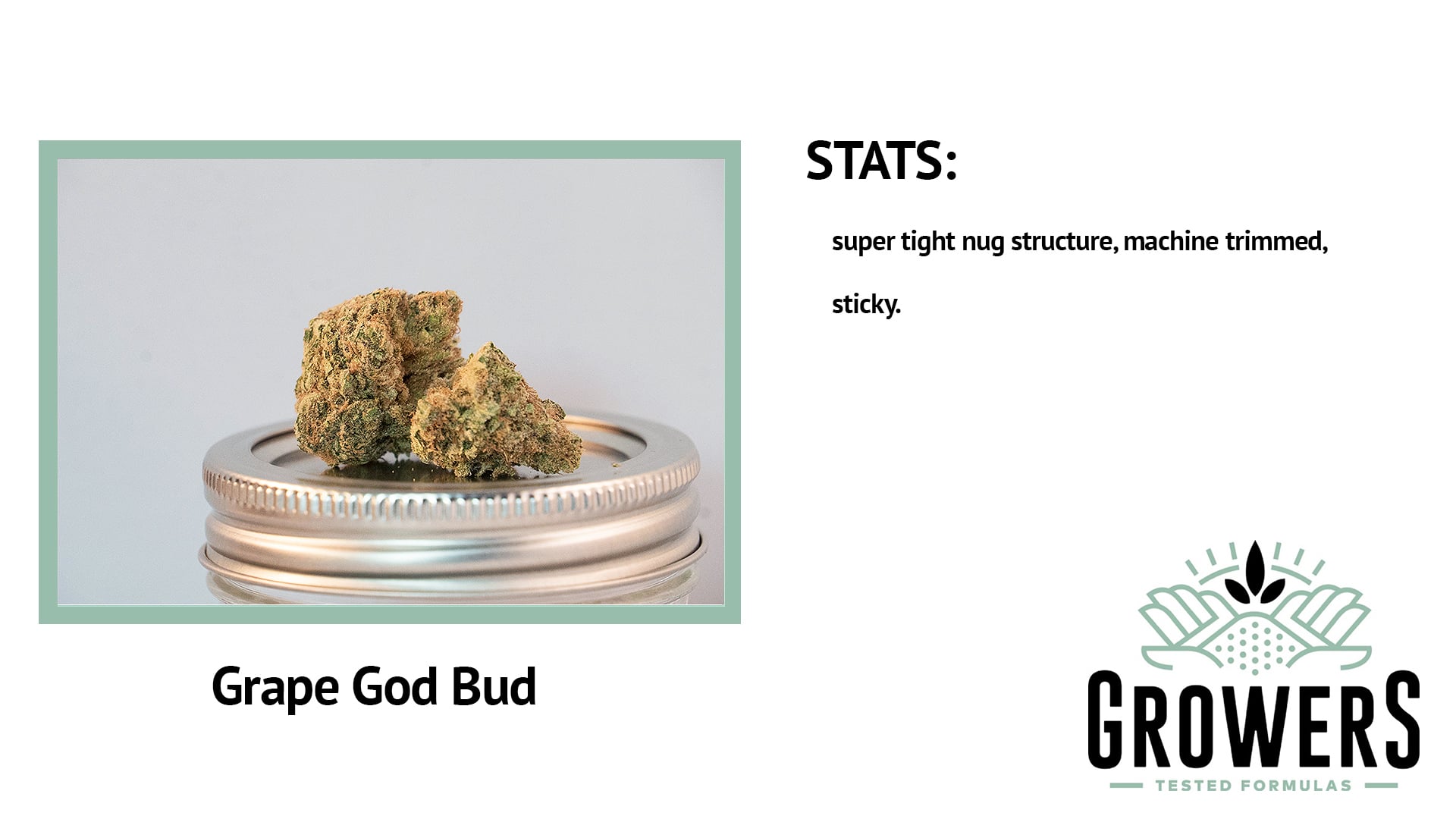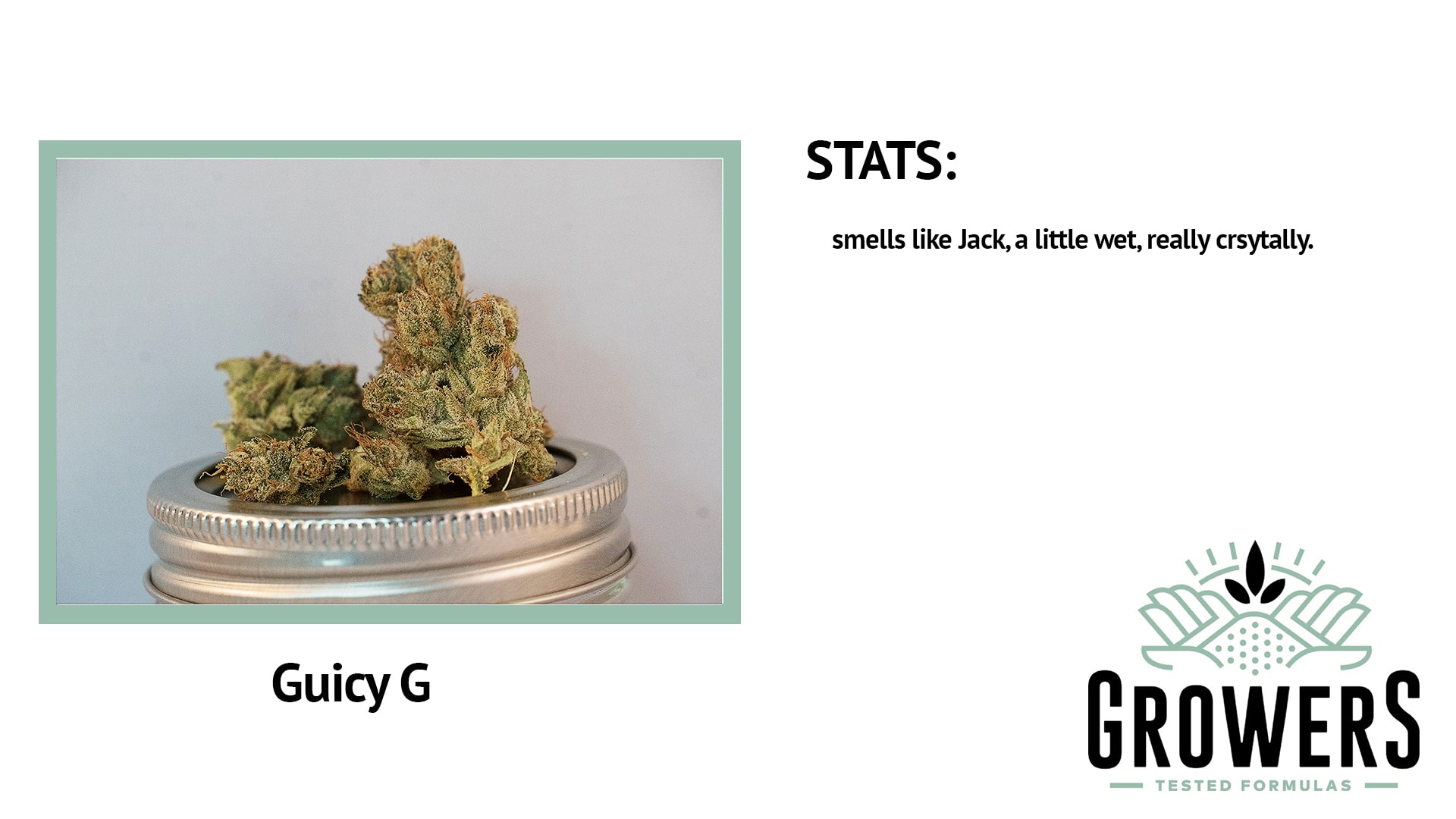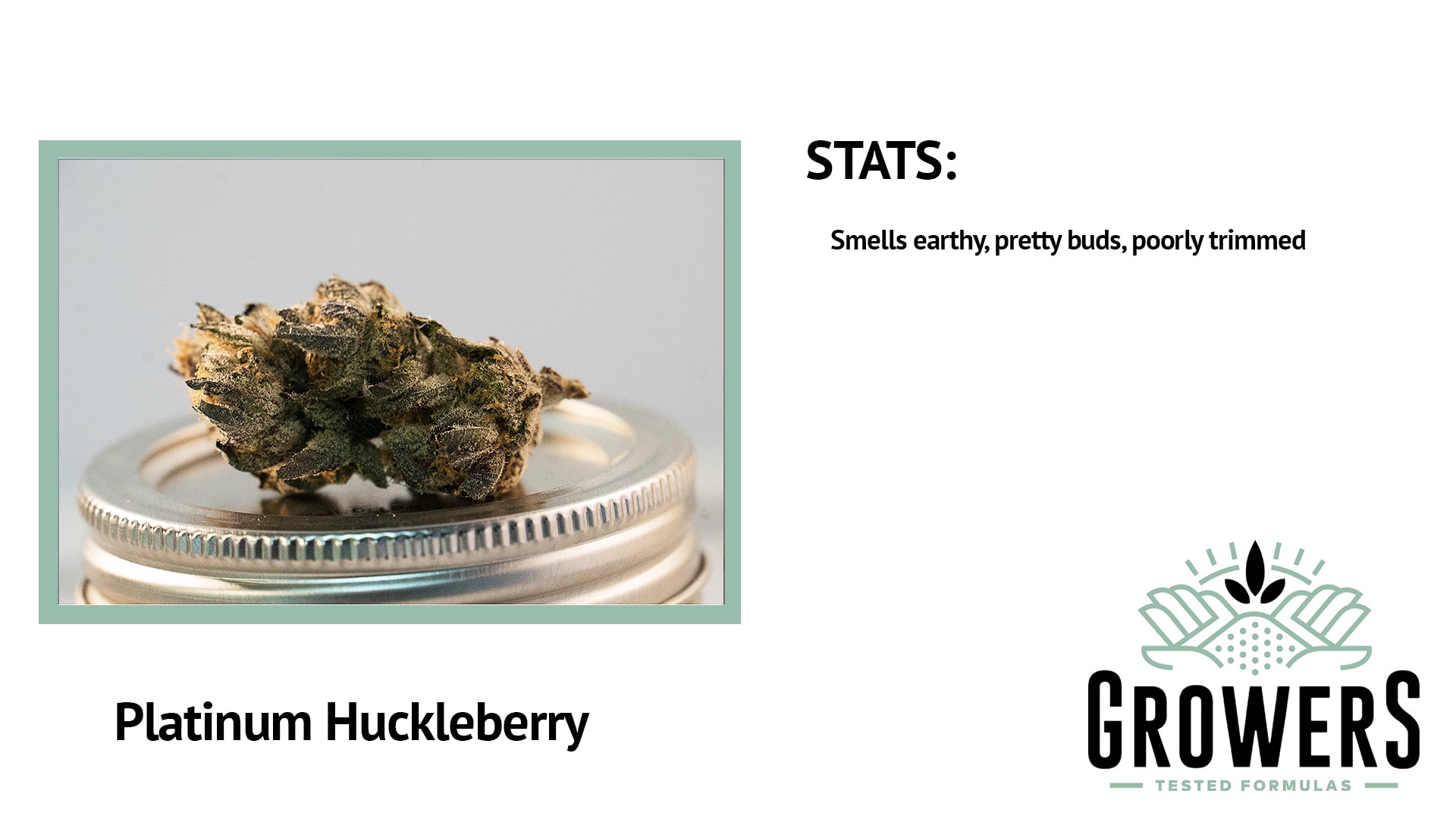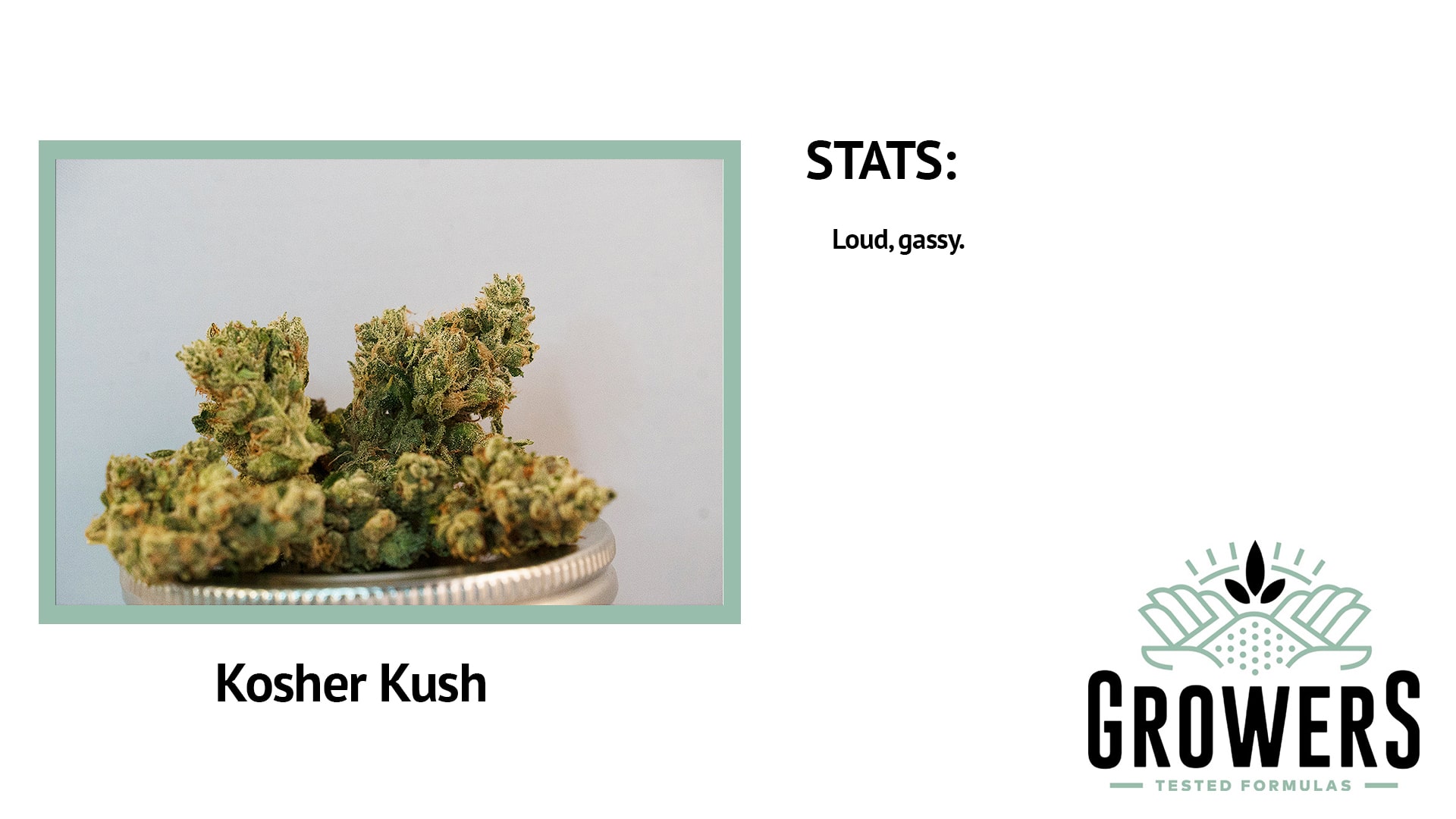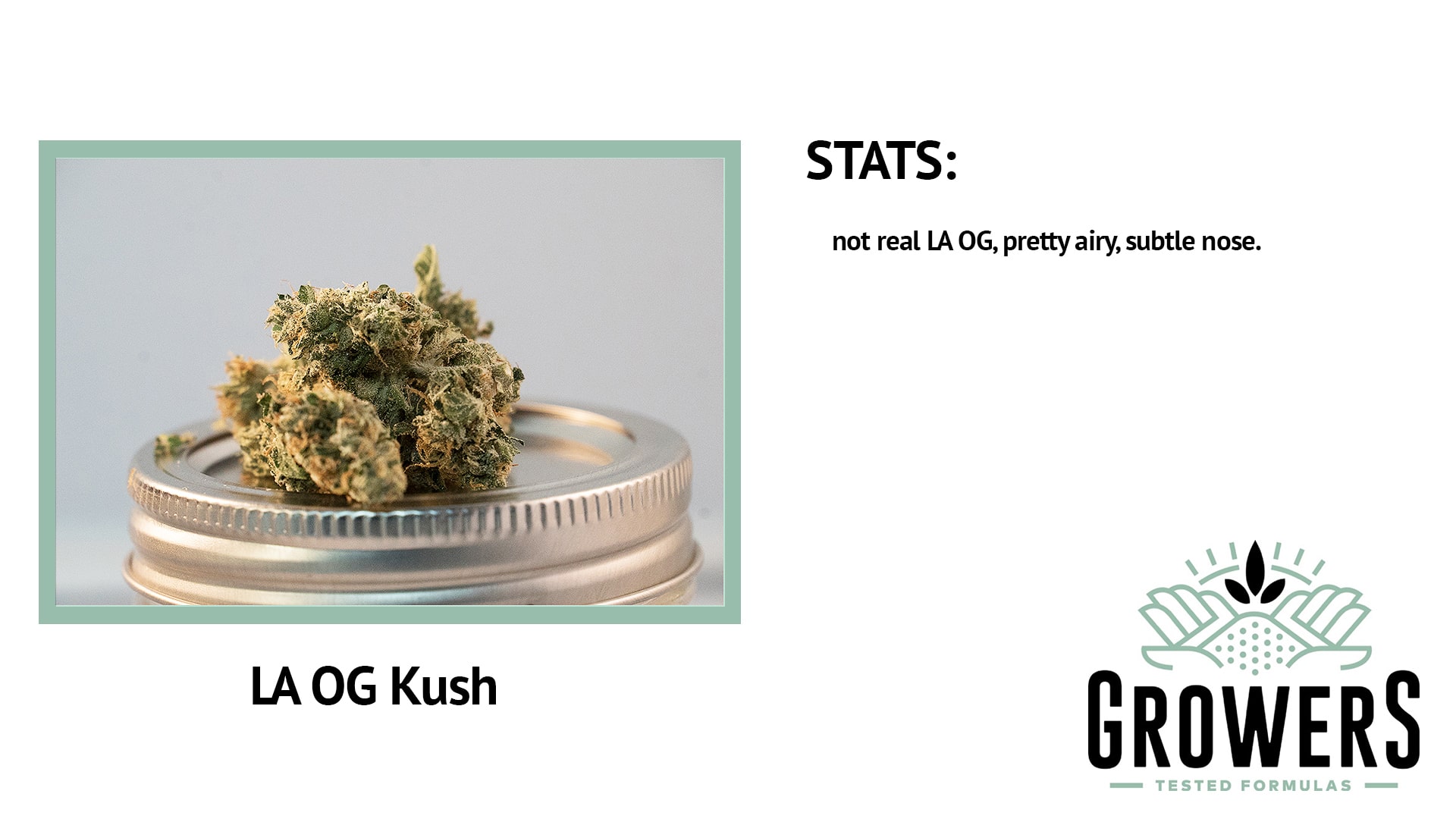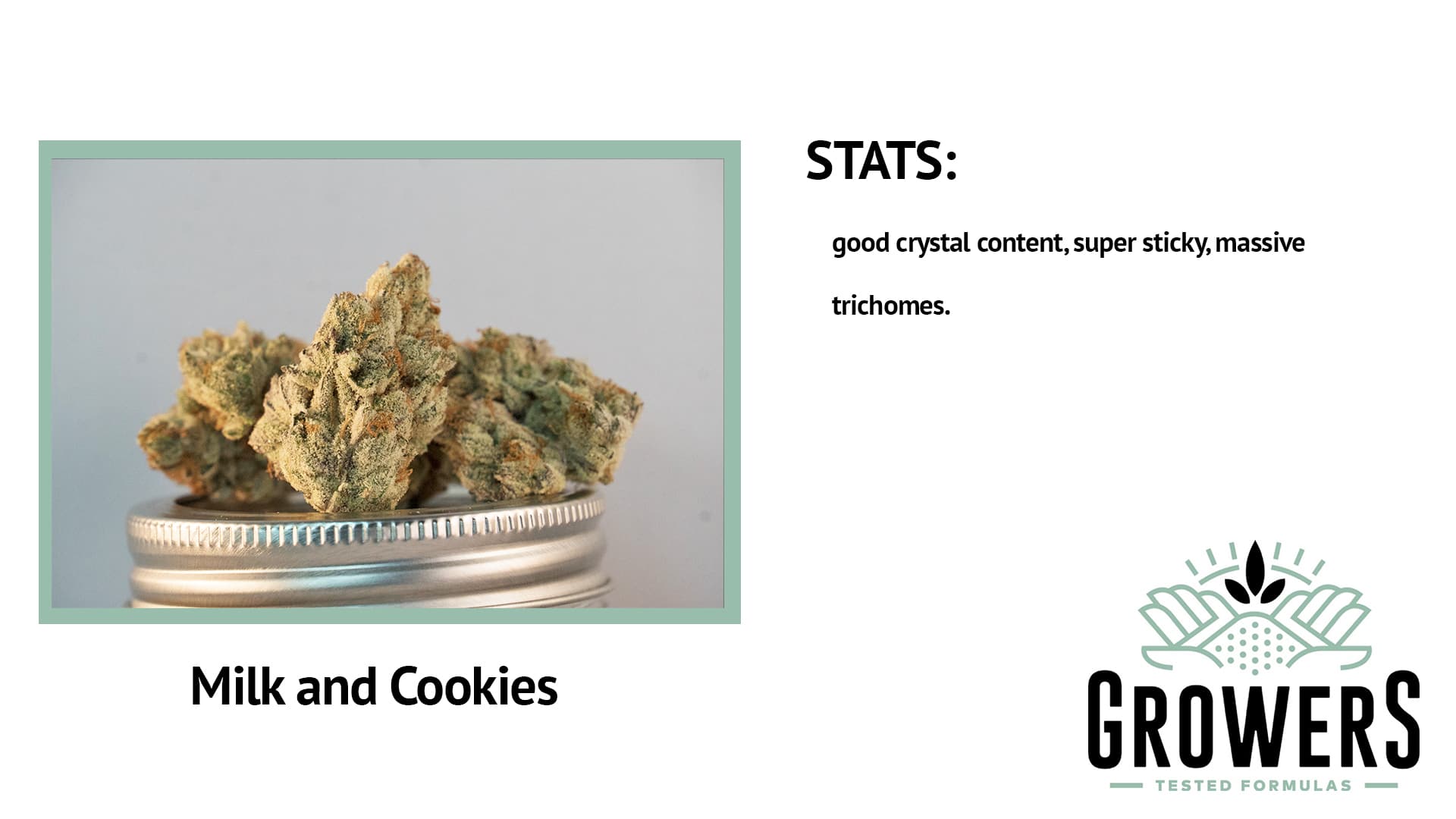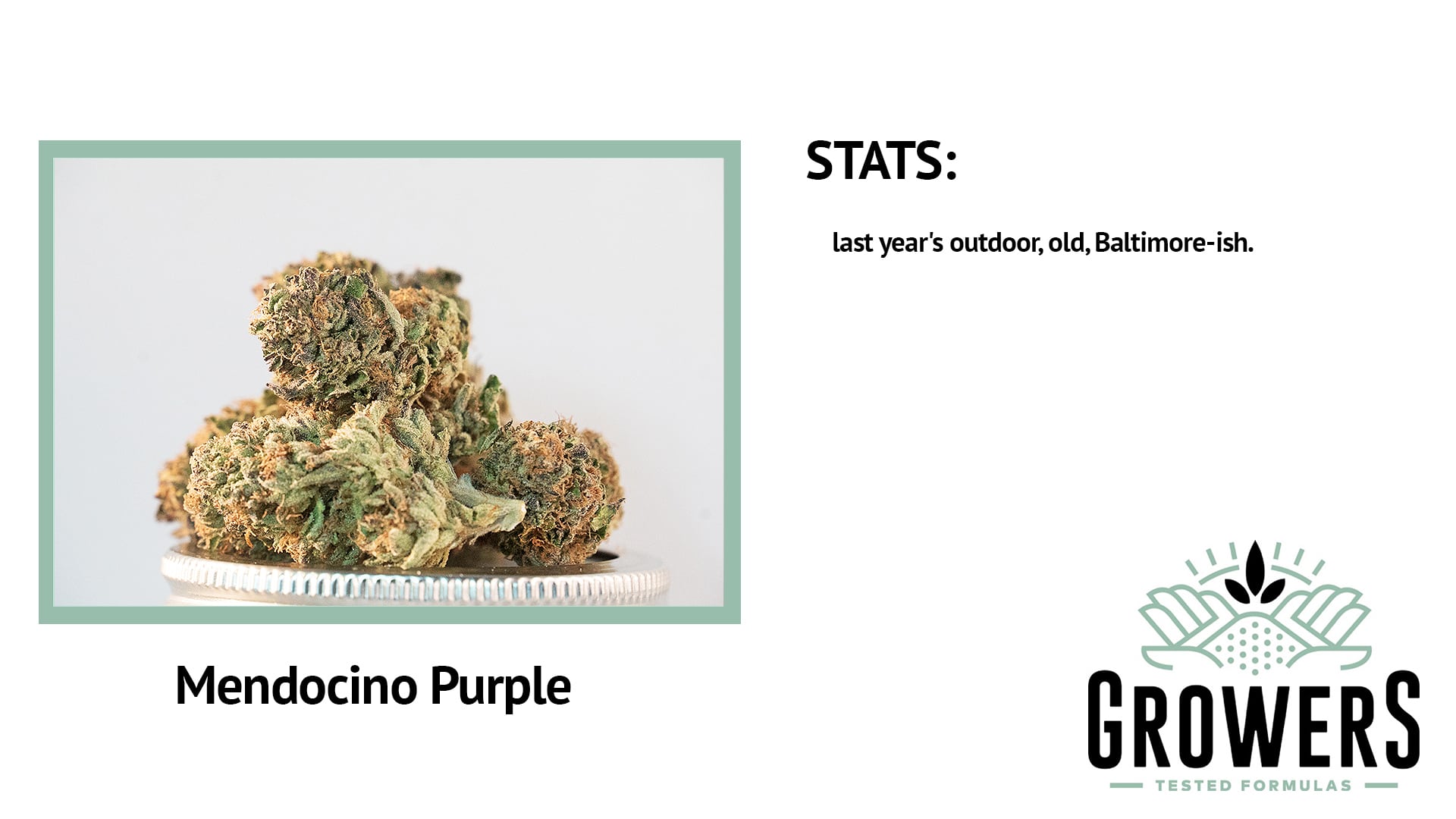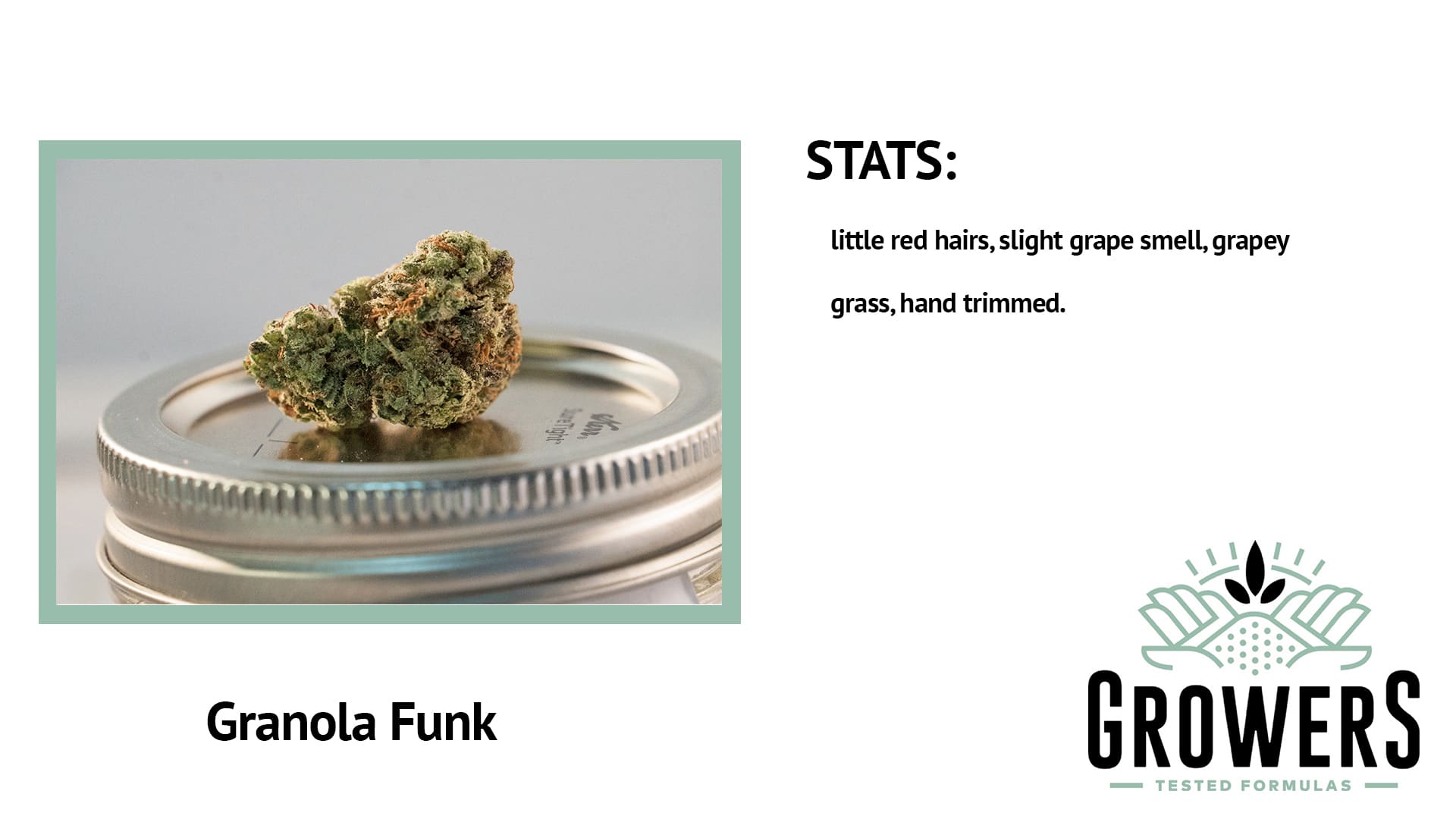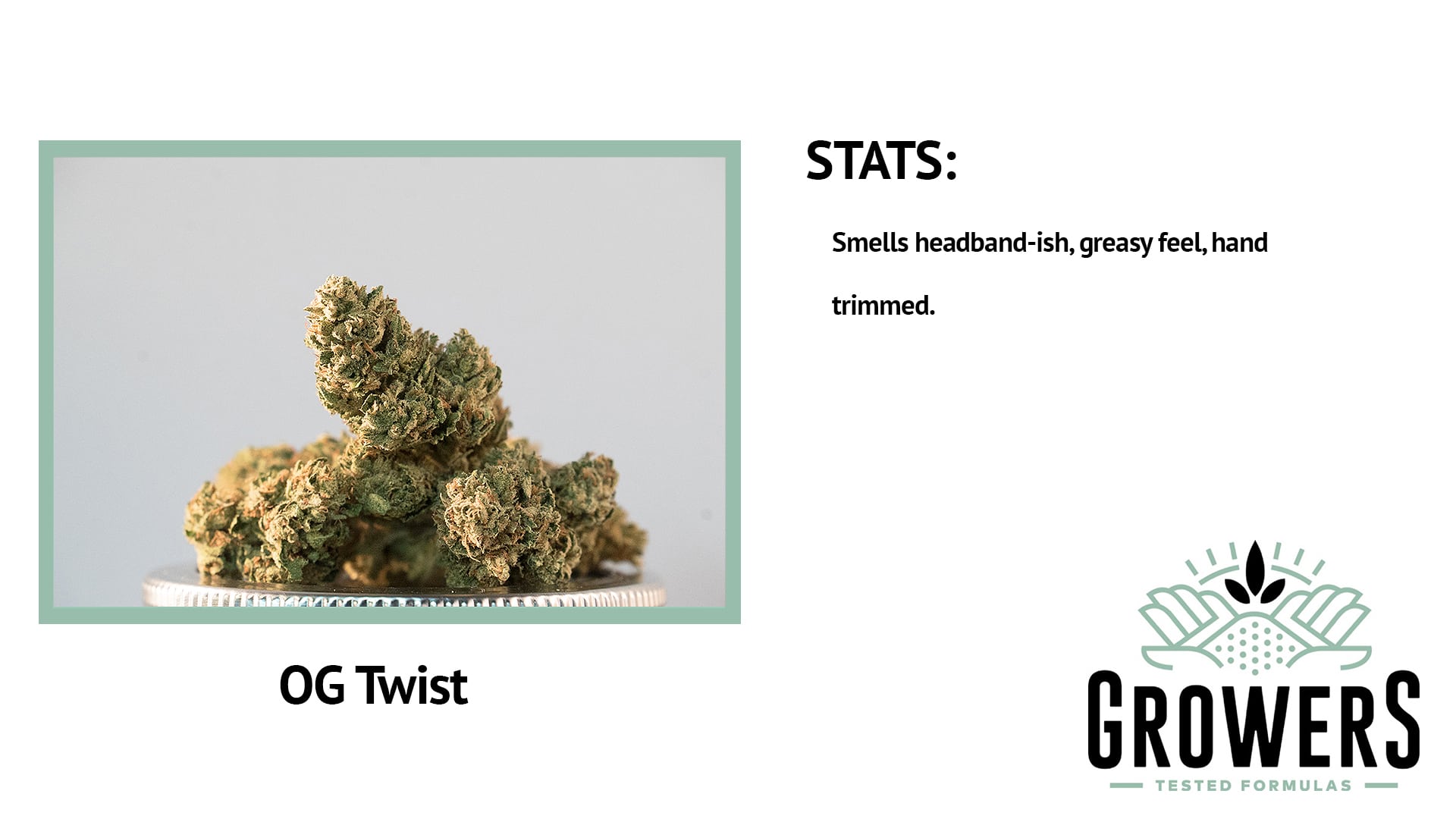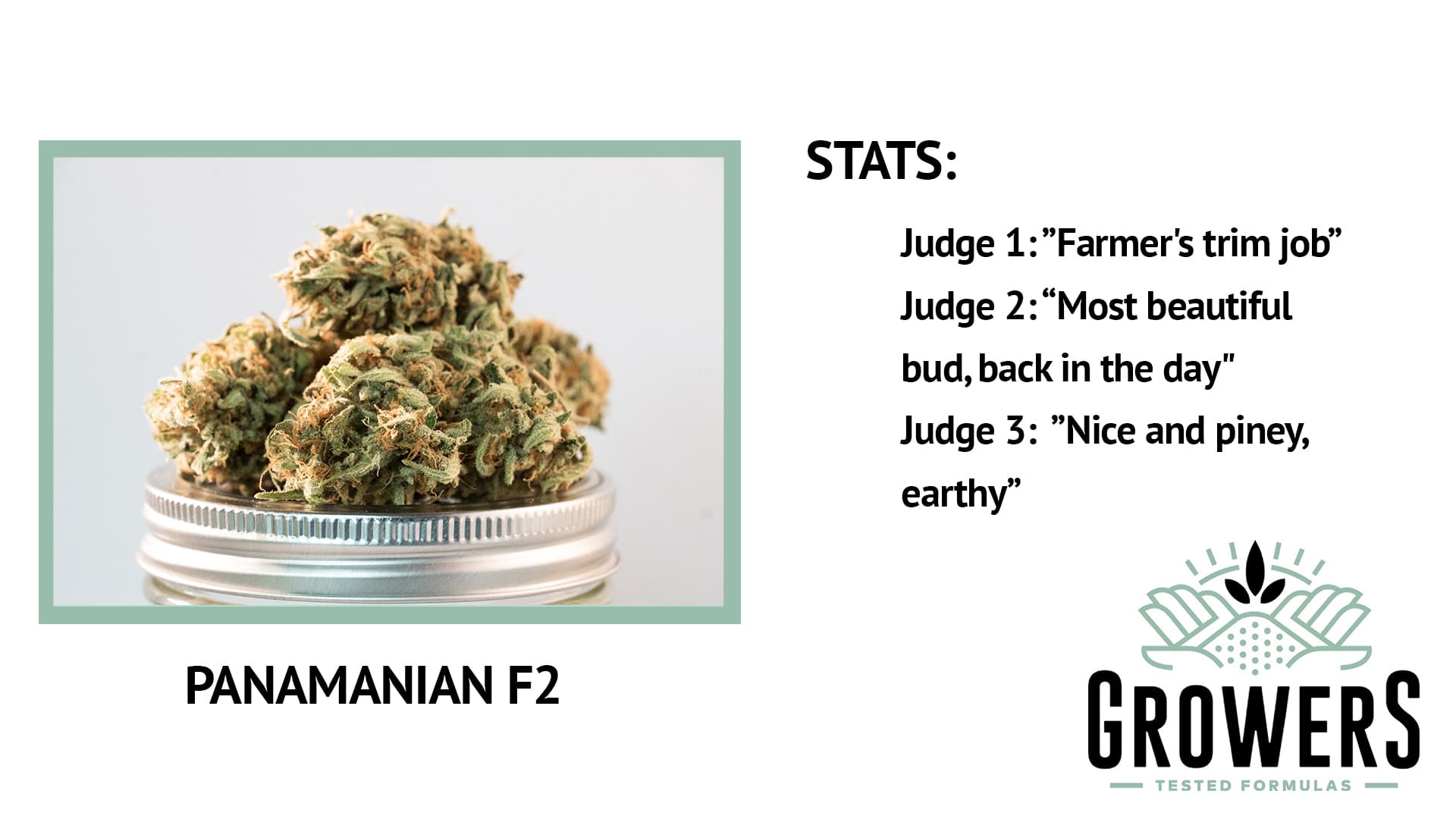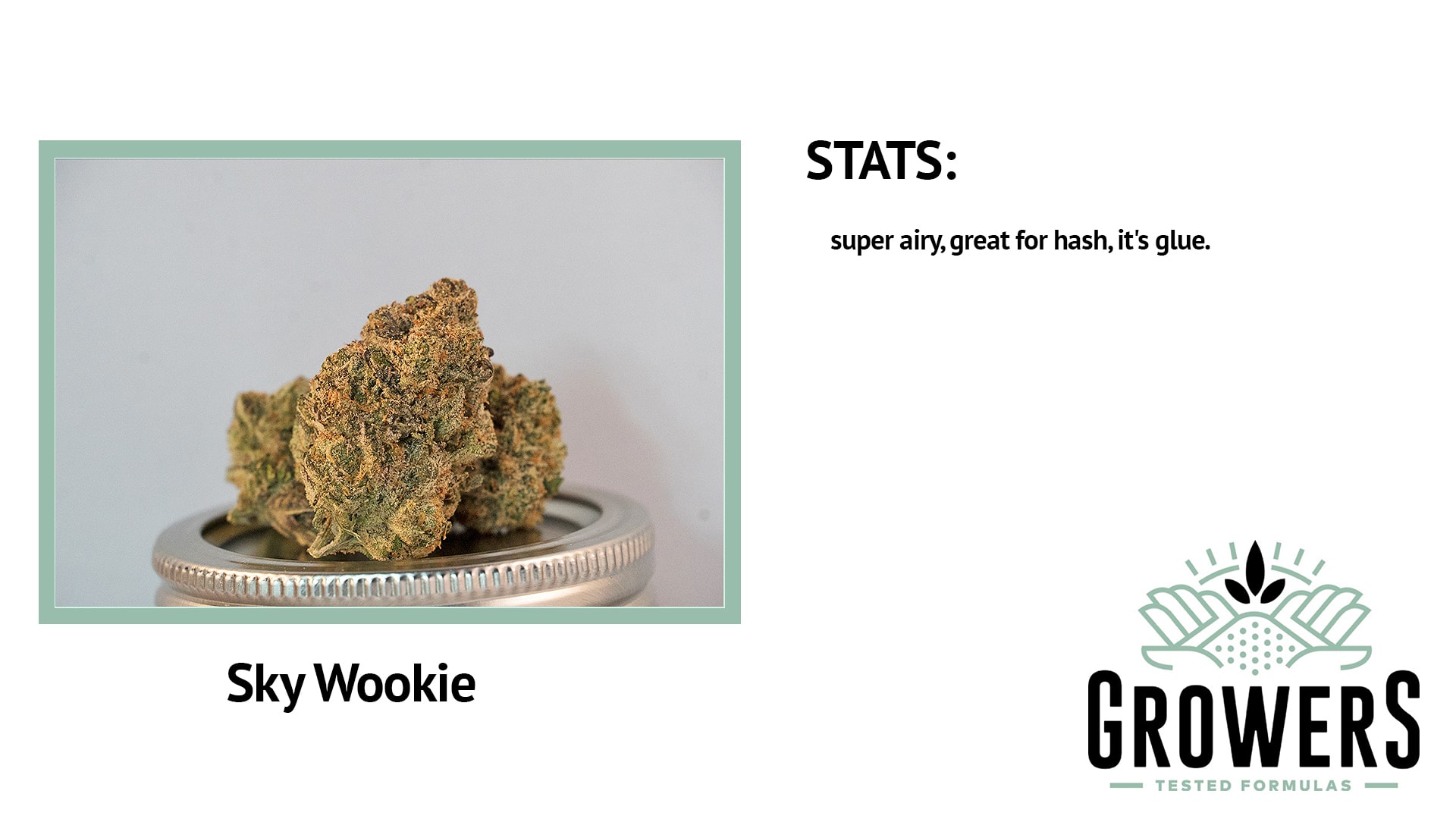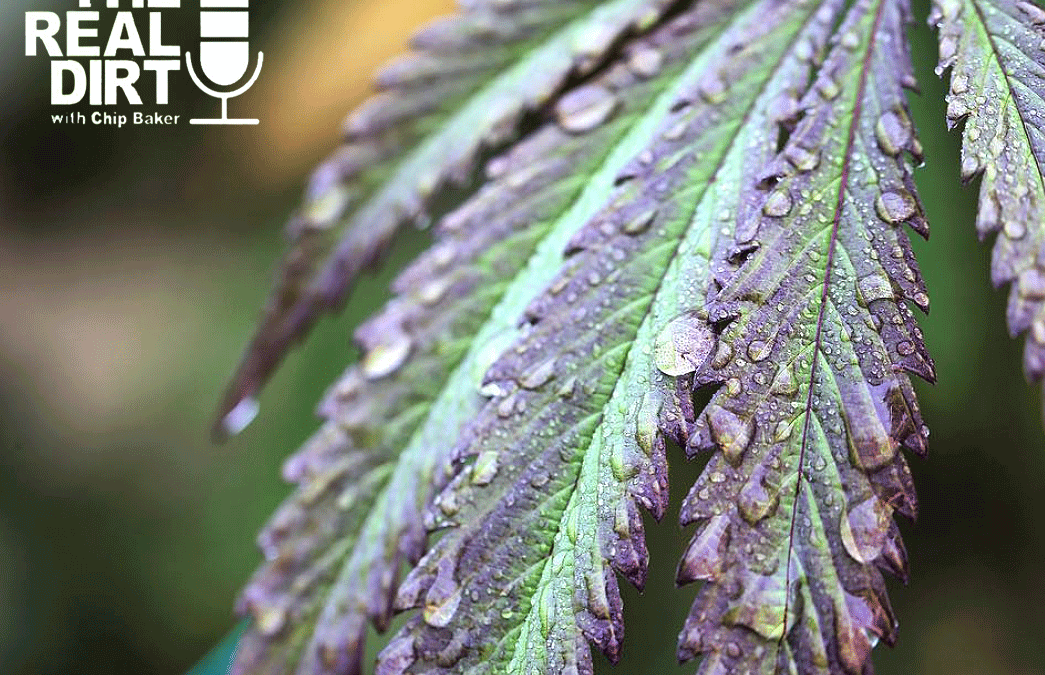
Guest Feature: The Myth of Indica and Sativa
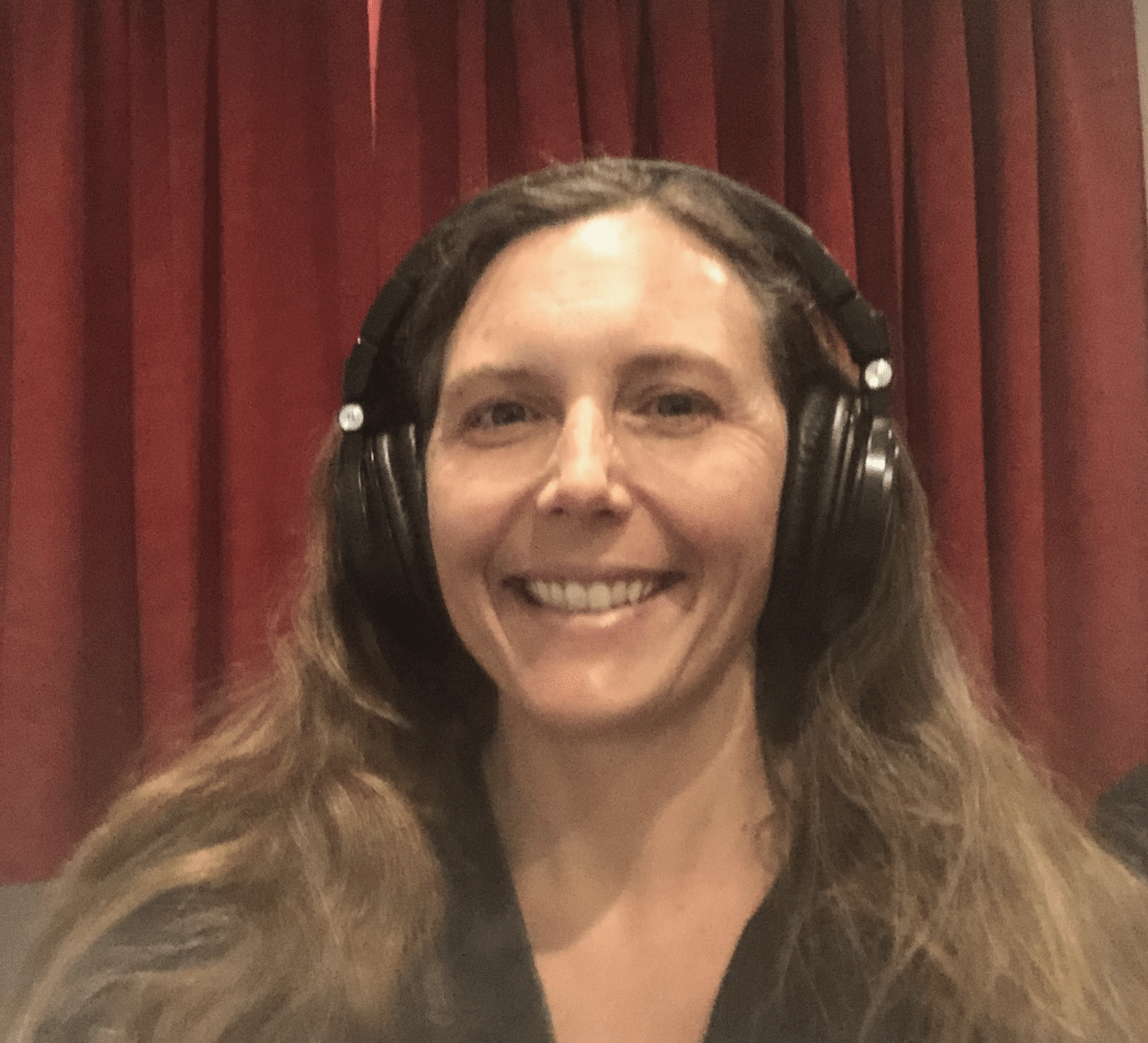
There is a commonly held belief that Indicas are short, stout, broad leaf plants that are physically sedating or relaxing and Sativas are tall, narrow leaf plants that are invigorating and uplifting when ingested.
There is actually no truth to this belief, but it continues to be perpetuated online and in dispensaries throughout the world. The reality is that the myriad of cultivars that we smoke/ingest are all Indica.
Indica and Sativa Origins
After years of rigorous research from botanists and ethnobotanists, there are still different theories regarding the evolution of cannabis taxonomy, but what is widely accepted by most is that C. indica is the vast majority of biotypes in North America and that C. sativa includes only European hemp.
In Robert C. Clarke and Mark Merlin, PhD’s comprehensive text, Cannabis Evolution & Ethnobotany, they discuss the history of cannabis biotypes from several different perspectives, the most plausible being from Karl Hillig, PhD. You can find these biotypes in the table below:
CANNABIS BIOTYPES ACCORDING TO HILLIG (2005)
| Acronym & Biotype | Binomial | Early Range | Uses |
| PA-
Putative Ancestor |
C. ruderalis | Northern
Central Asia |
Possible- seed and crude fiber |
| PHA- Putative
Hemp Ancestor |
Unrecognized or Extinct | Balkan peninsula
Caucasus Mtns |
Possible- seed and crude fiber |
| NLHA- Narrow leaf
Hemp Ancestor |
C. sativa ssp. spontanea | Eastern Europe
Central Asia |
Seed and crude fiber |
| NLH- Narrow leaf Hemp | C. sativa ssp. sativa | Europe | Seed and textile fiber |
| PDA- Putative
Drug Ancestor |
Unrecognized or Extinct | Hengduan Mtns
Yungui Plateau |
Possible ritual and medicinal |
| BLHA- Broad leaf
Hemp Ancestor |
Unrecognized or Extinct | Eastern Asia | Possible seed and crude fiber |
| BLH- Broad leaf Hemp | C. indica ssp. chinensis | China, Korea, Japan, Southeast Asia | Seed and textile fiber |
| NLDA- Narrow leaf
Drug Ancestor |
C. indica ssp. kafiristanica | Himalayan Foothills- Kashmir to Myanmar | Euphoria- hashish, “marijuana”
|
| NLD- Narrow leaf Drug | C. indica ssp. indica | South & SE Asia,
Middle East |
Euphoria- hashish, “marijuana,” fiber, seed |
| BLD- Broad leaf Drug | C. indica ssp. afghanica | N. Afghanistan, Pakistan | Euphoria- hashish |
As you can see from the chart, the only ancestor of C. sativa hails from the Balkan Peninsula. The ancestor of C. sativa ssp. spontanea is a Narrow Leaf Hemp Ancestory from Eastern Europe and Central Asia, and the modern C. sativa spp. sativa is Narrow Leaf Hemp from Europe. Both the ancestor and the modern C. sativa have been used as seed and crude fiber, not for intoxication/euphoria, as in the case of the Narrow Leaf and Broad Leaf Drug C. indica.
I know this news is hard to accept for some, but we already know that it is the cannabinoids (THC, CBD, CBC, etc) and the terpenoids (myrcene, pinene, limonene, etc) that elicit the therapeutic, invigorating, sedating, and other affects that are associated with ingestion of cannabis. Since we know that it is the cannabinoids and terpenoids that produce the favorable (and sometimes adverse) effects, why do we keep saying it is because it is an Indica or Sativa?
It is time we stopped disseminating misinformation and educate ourselves about the true properties of cannabis (or what we know so far). Remember there are well over 100 cannabinoids and we have identified only a handful. We still have a very long way to go before we truly understand what contributes to the therapeutic and euphoric effects of cannabis.
Hear more on the myths of Indica and Sativa in this week’s episode of The Real Dirt featuring Jessica Baker!

